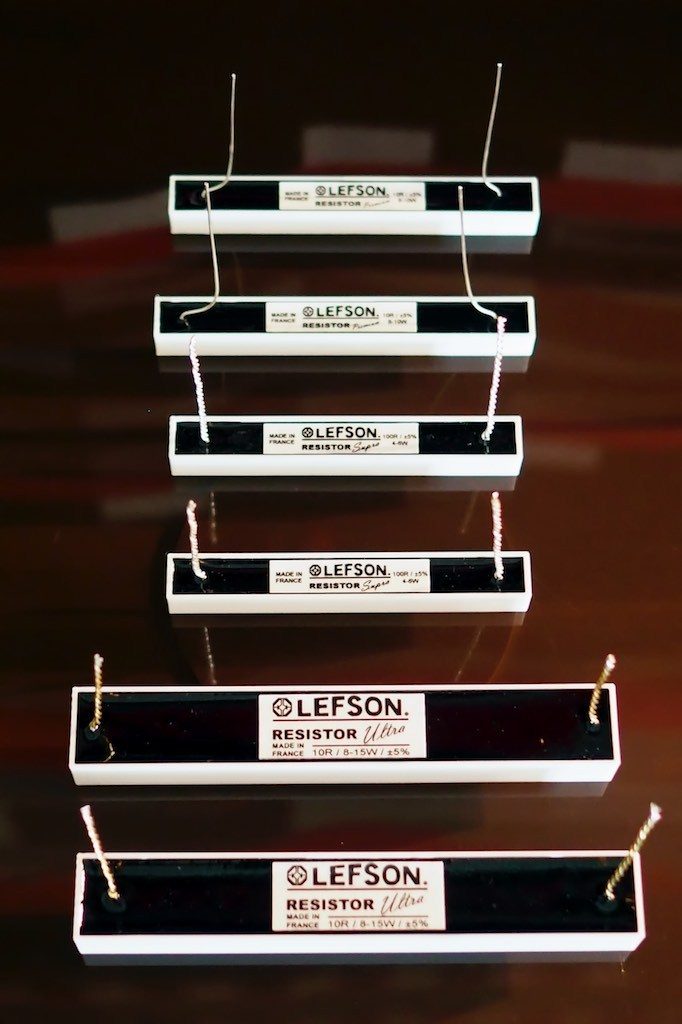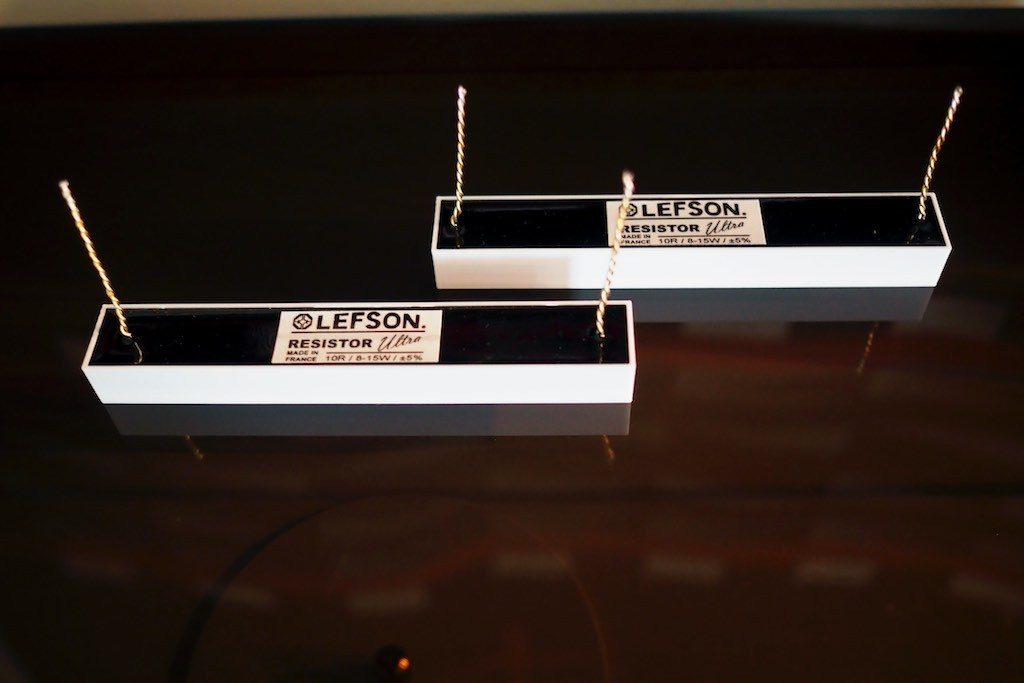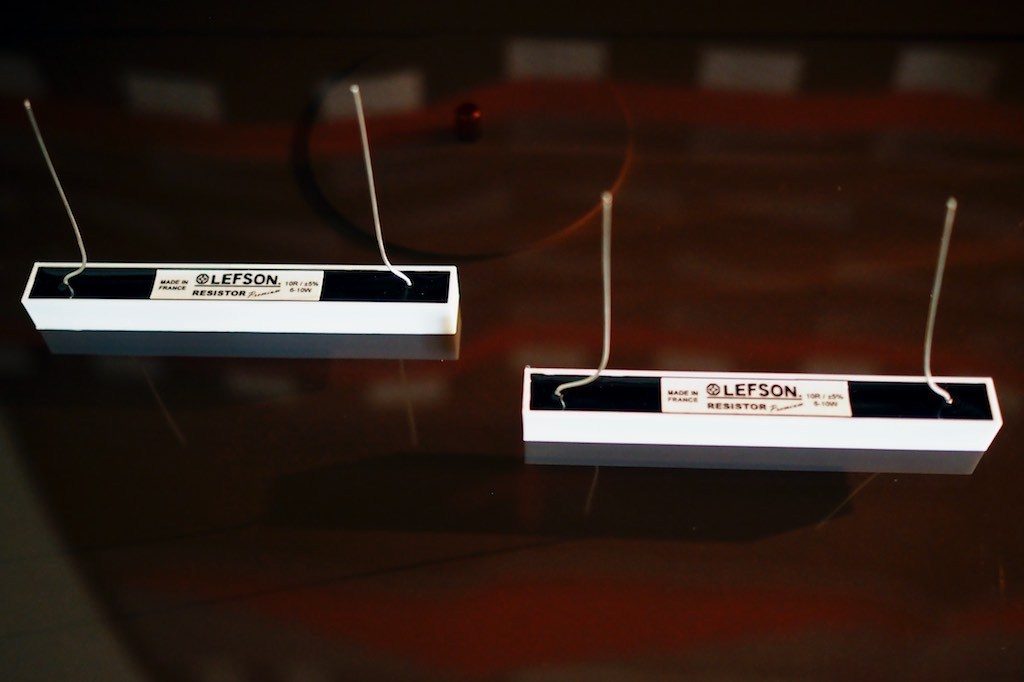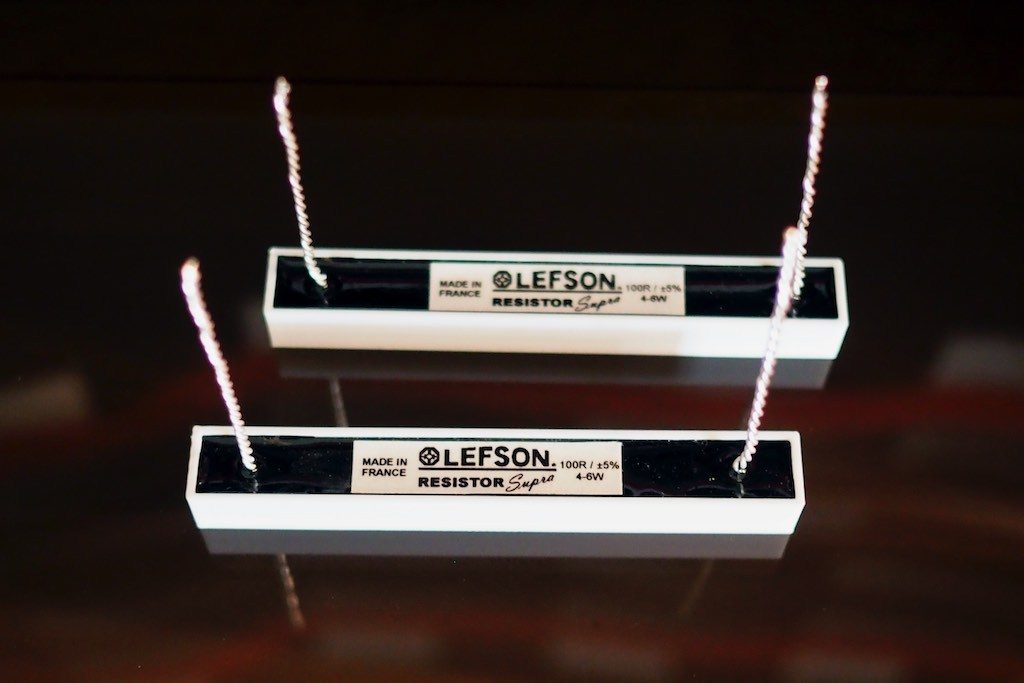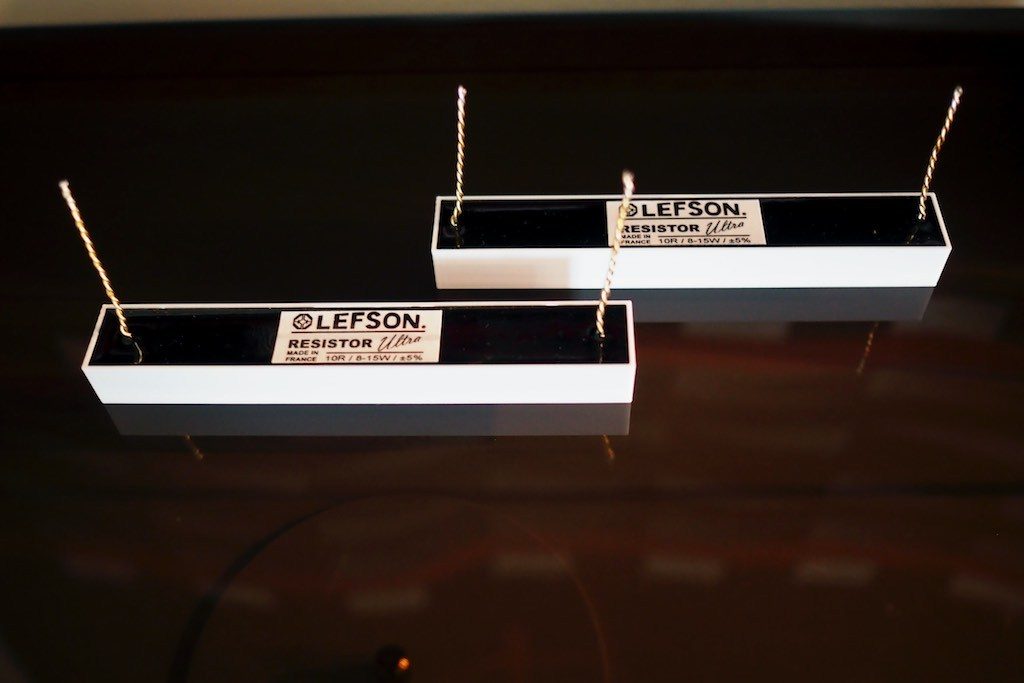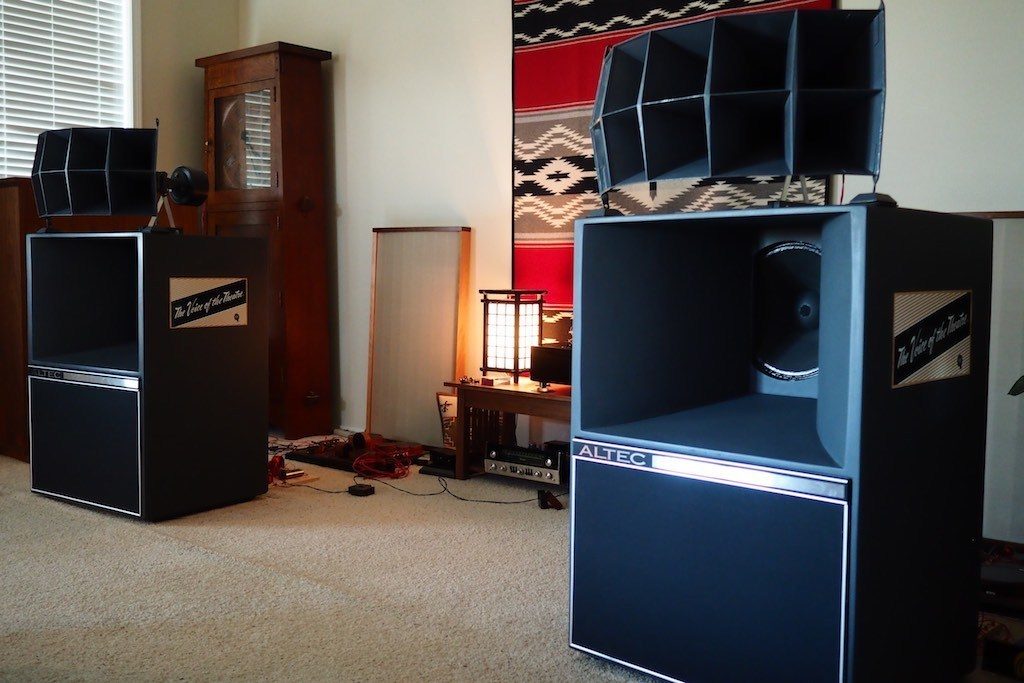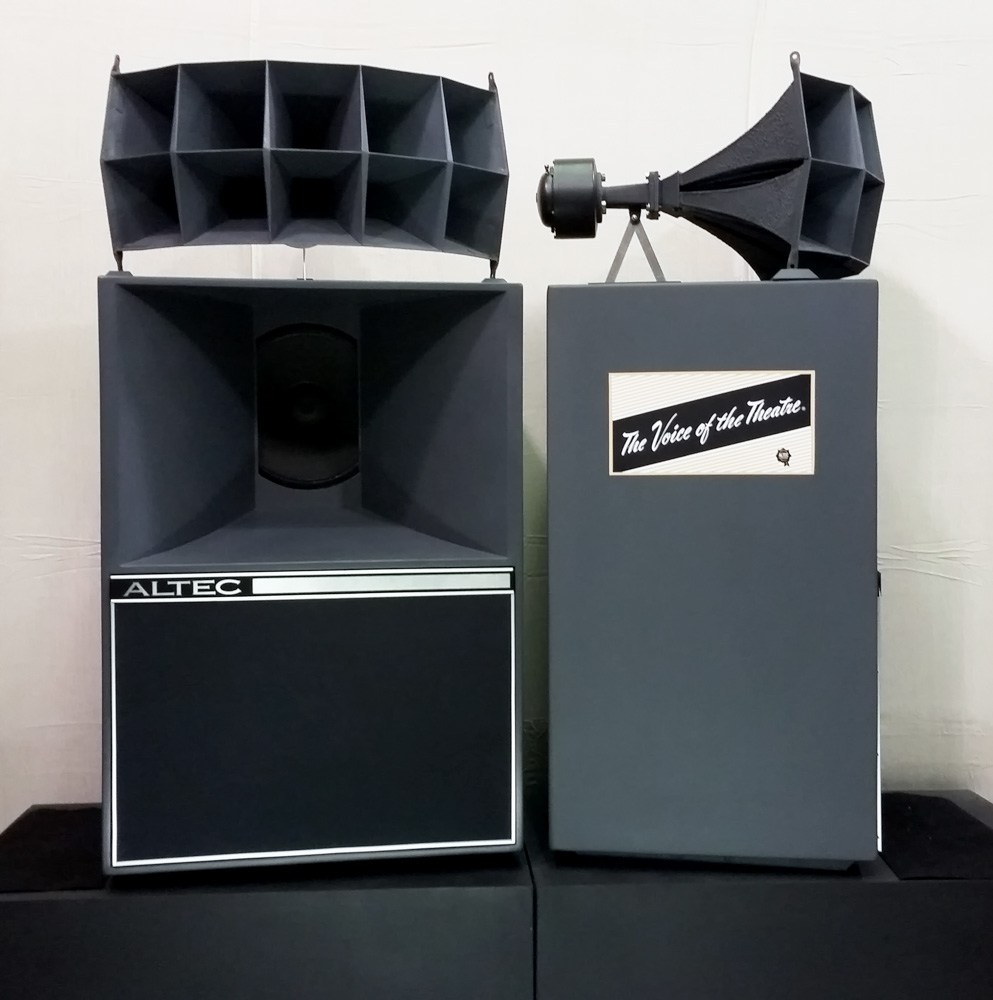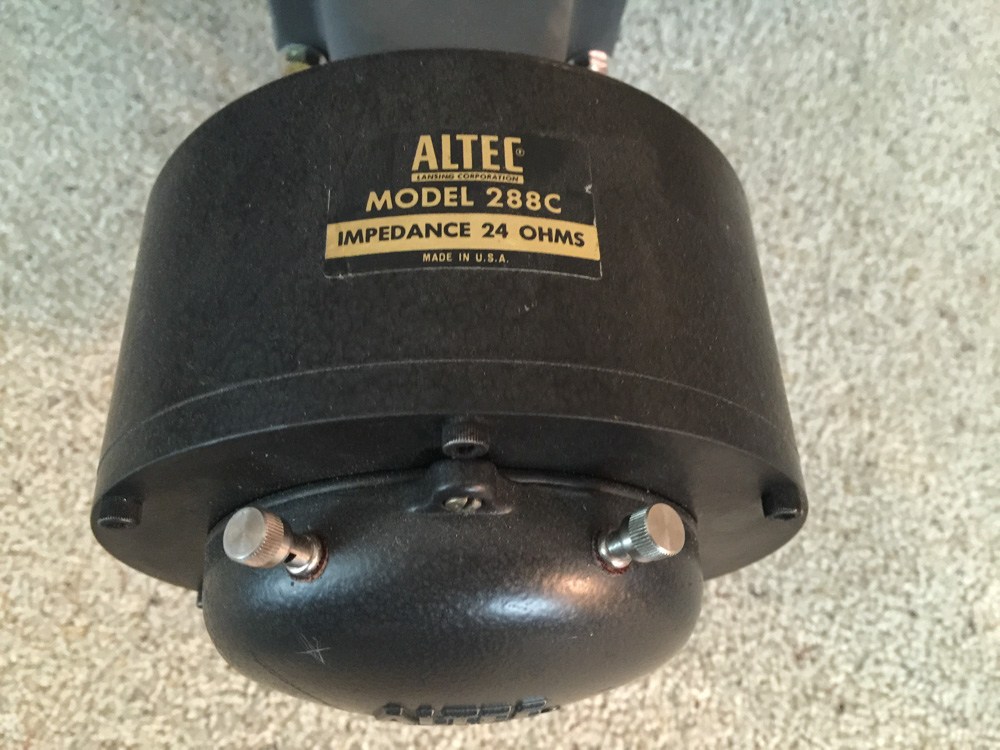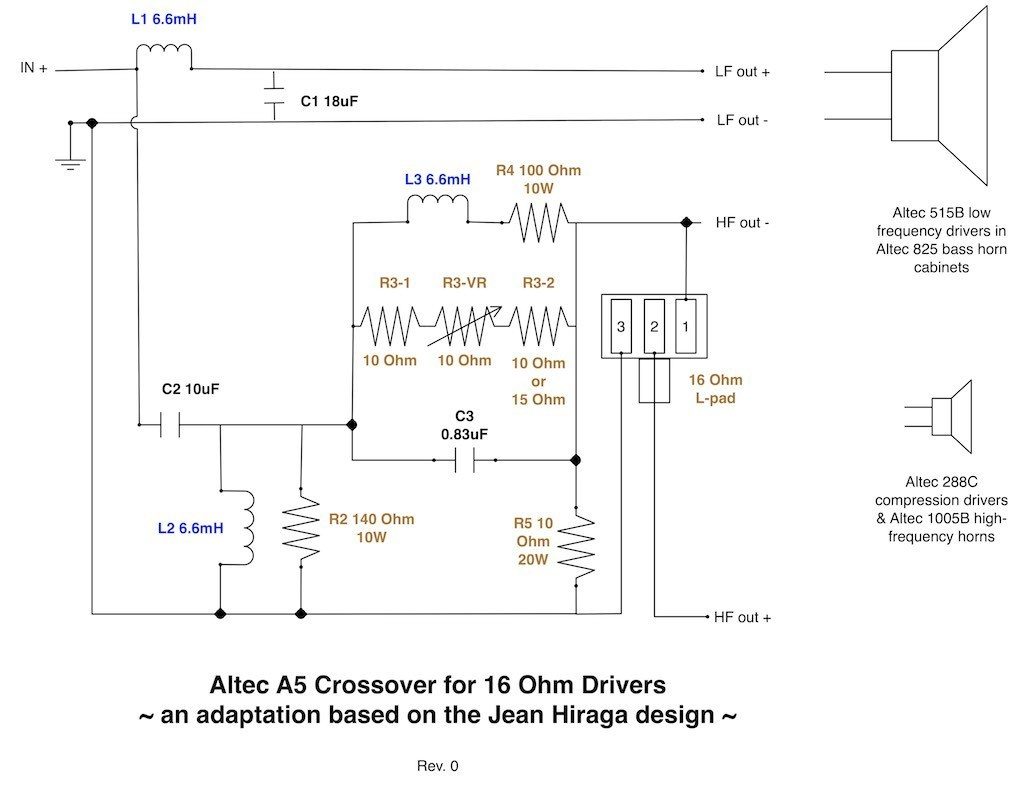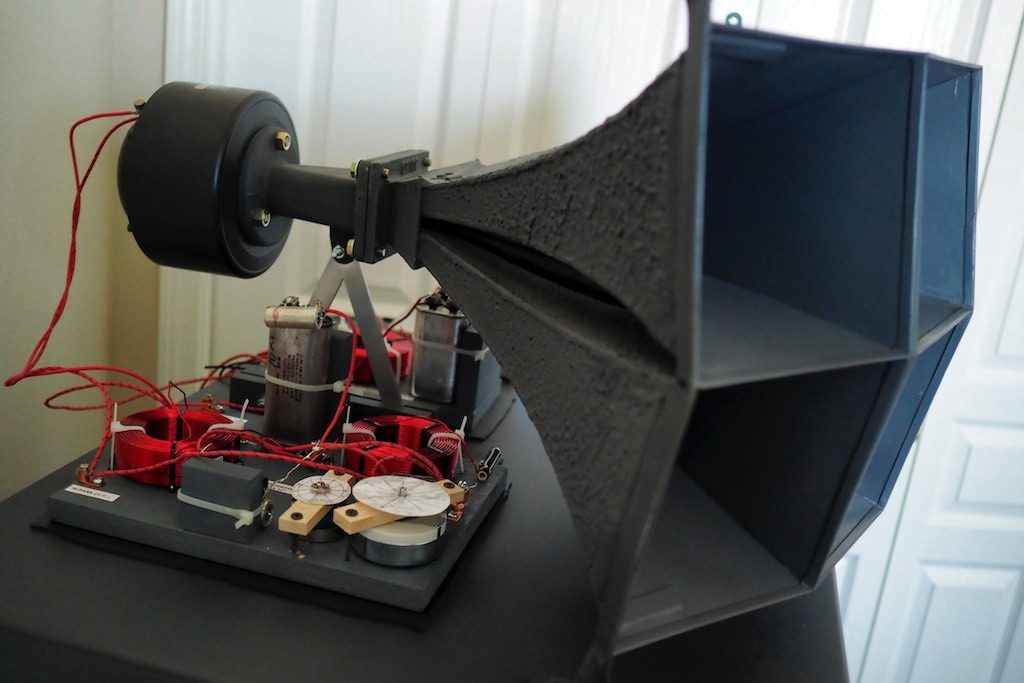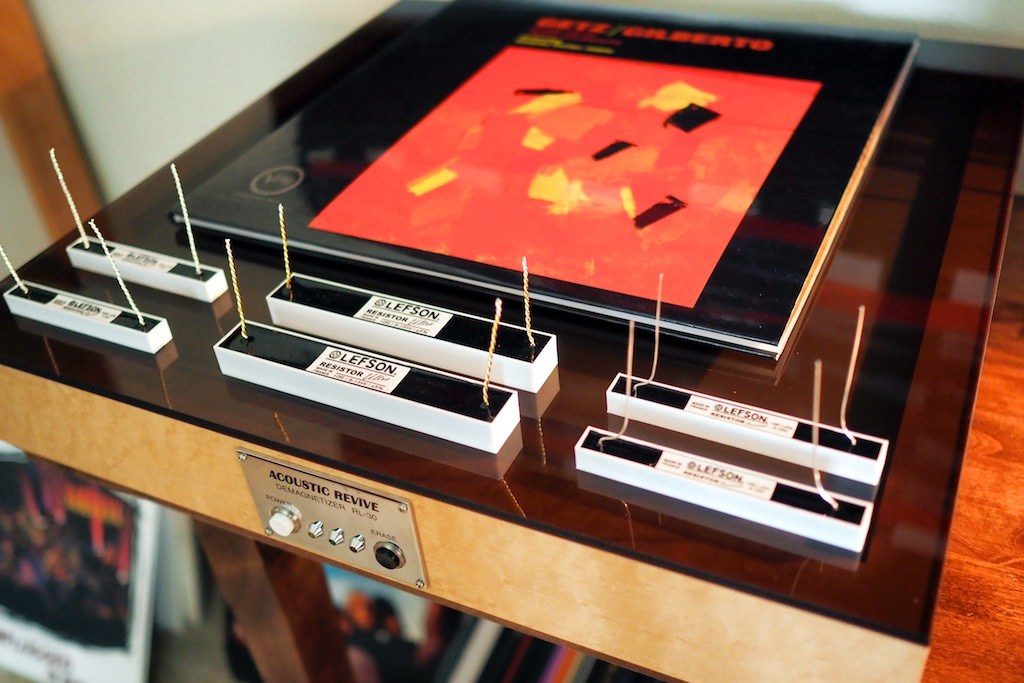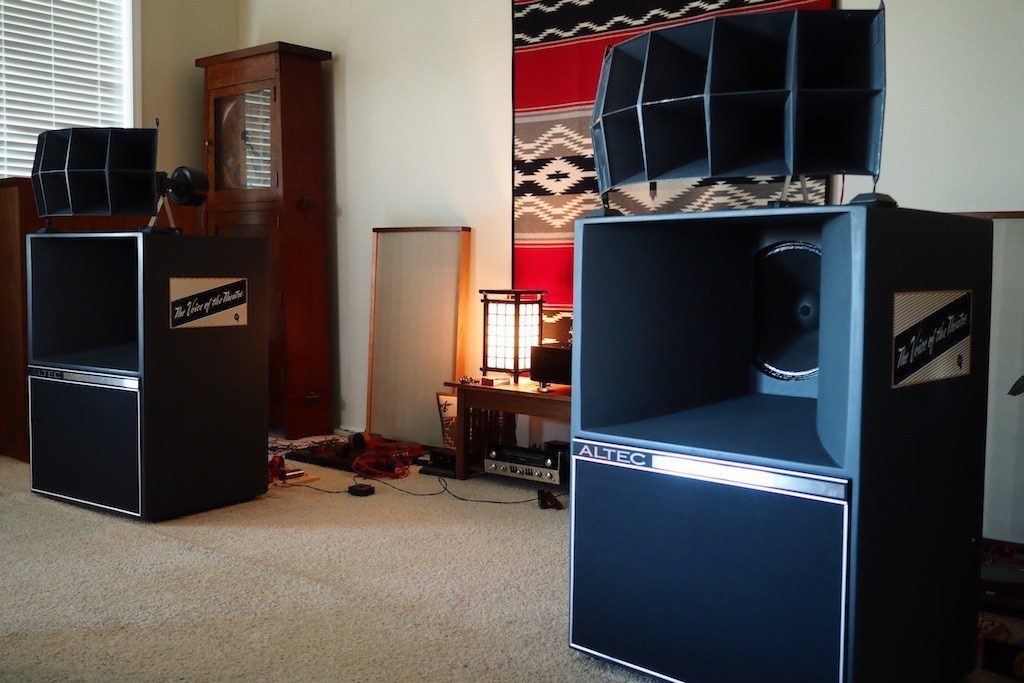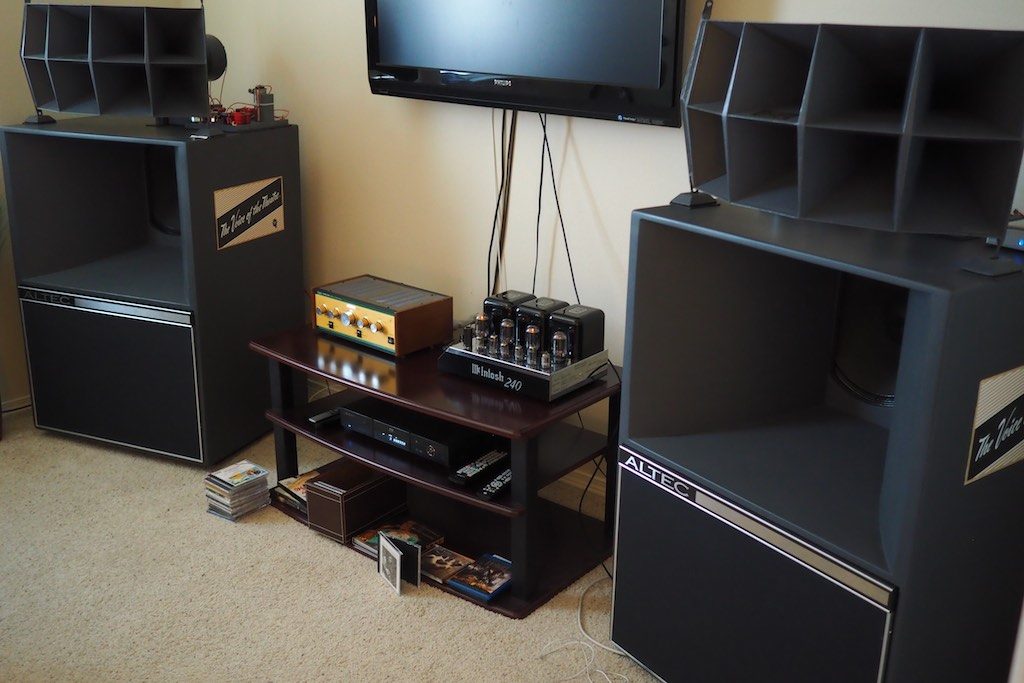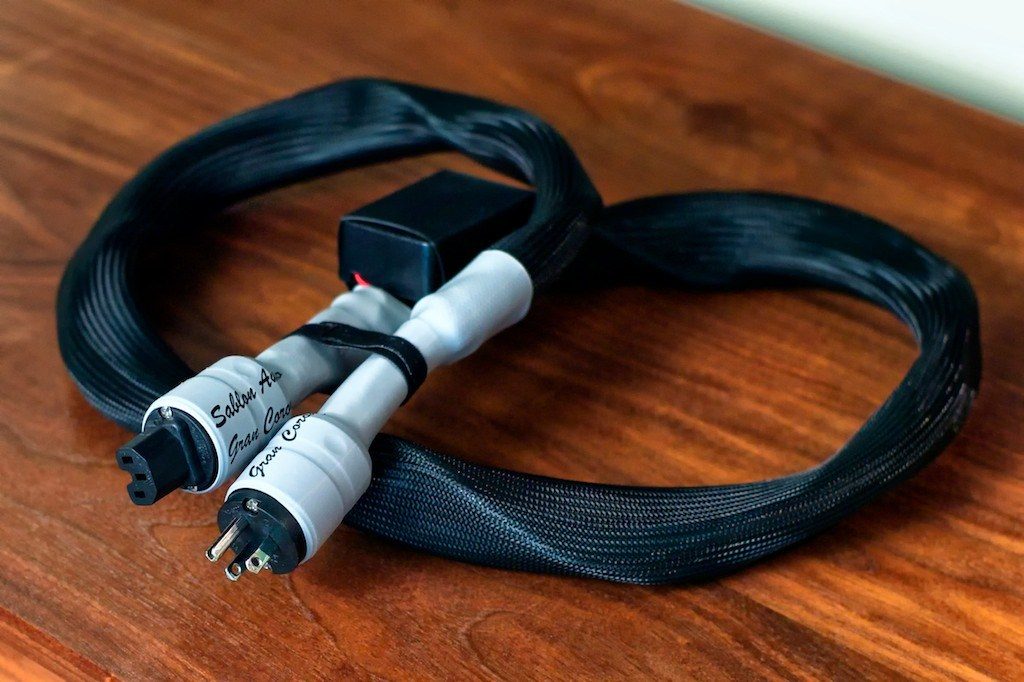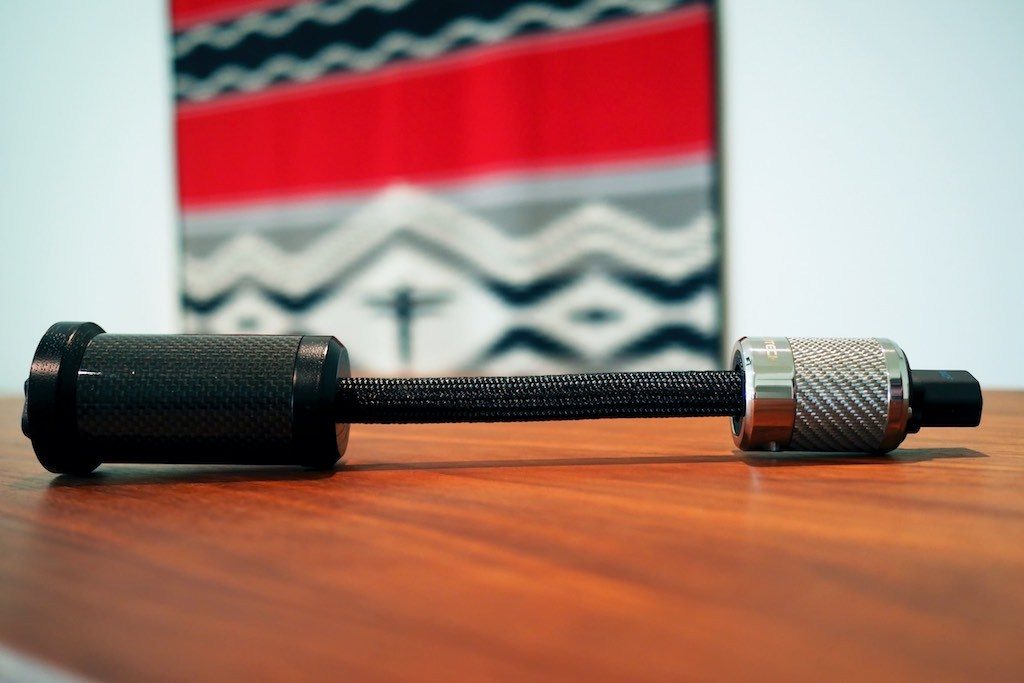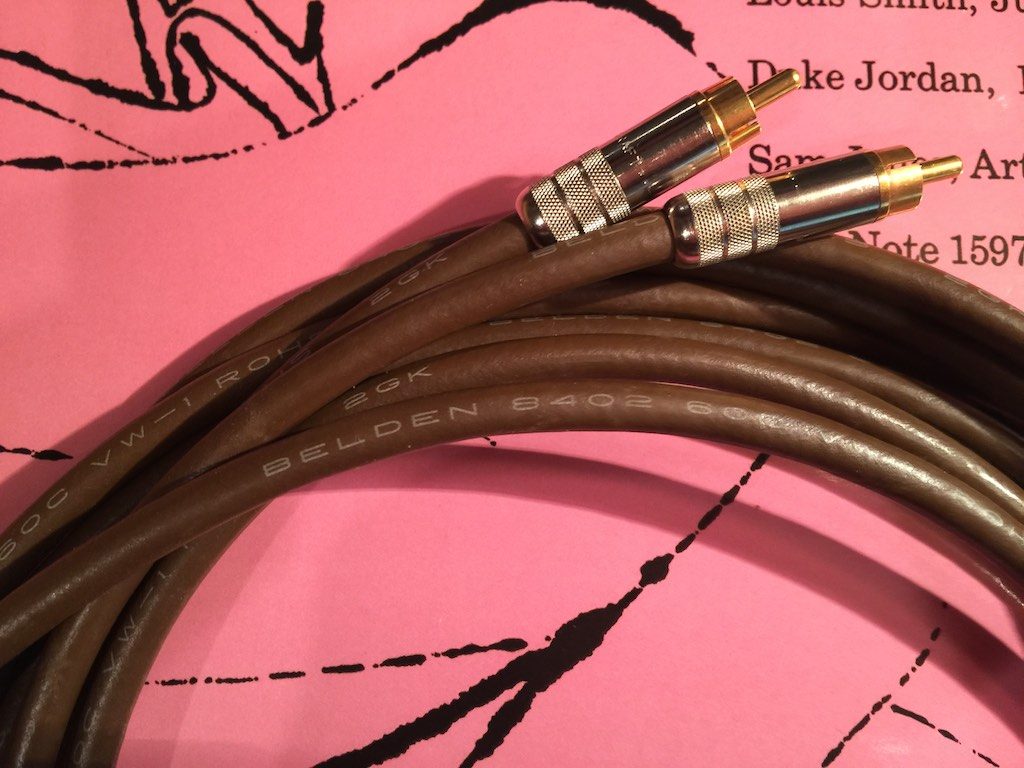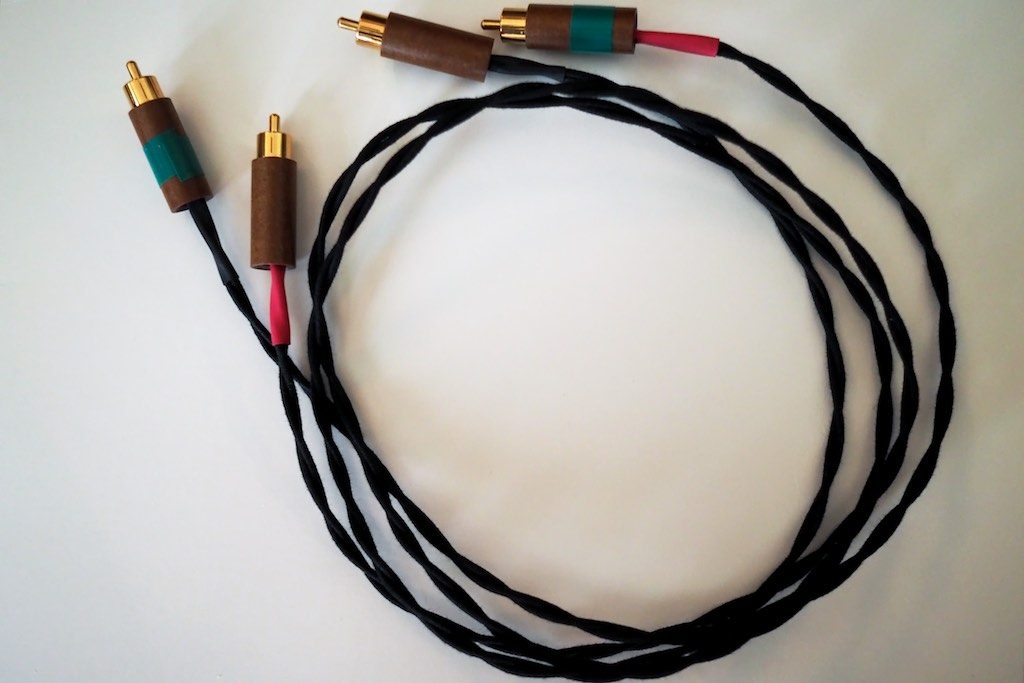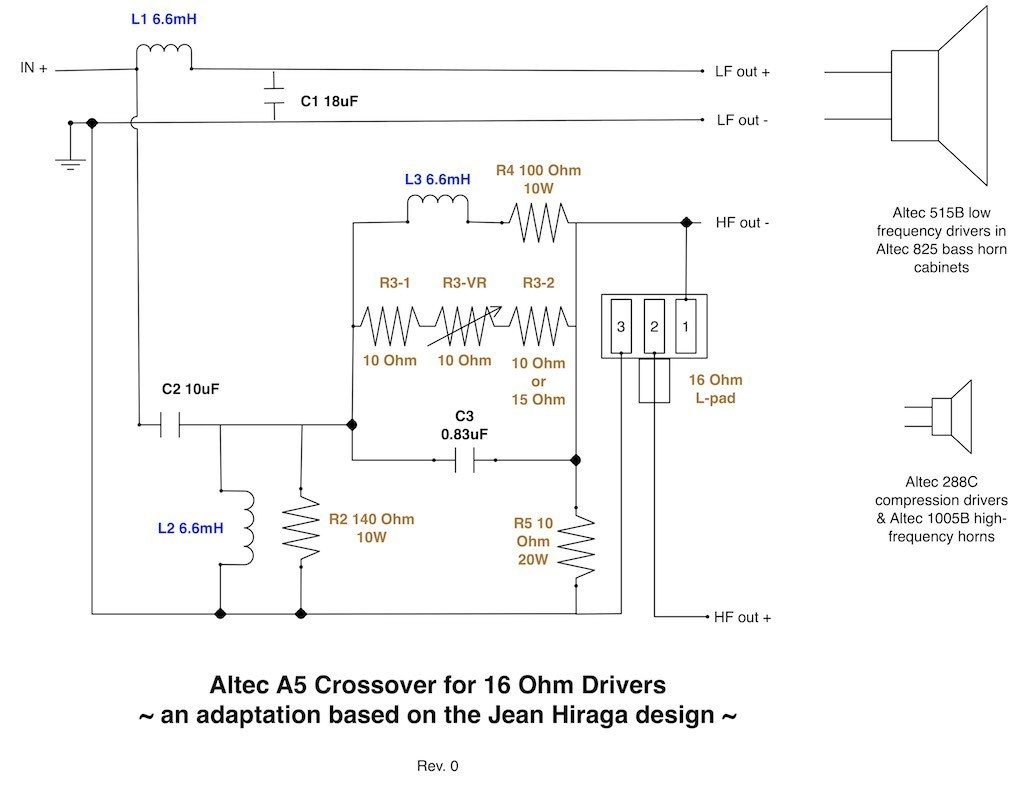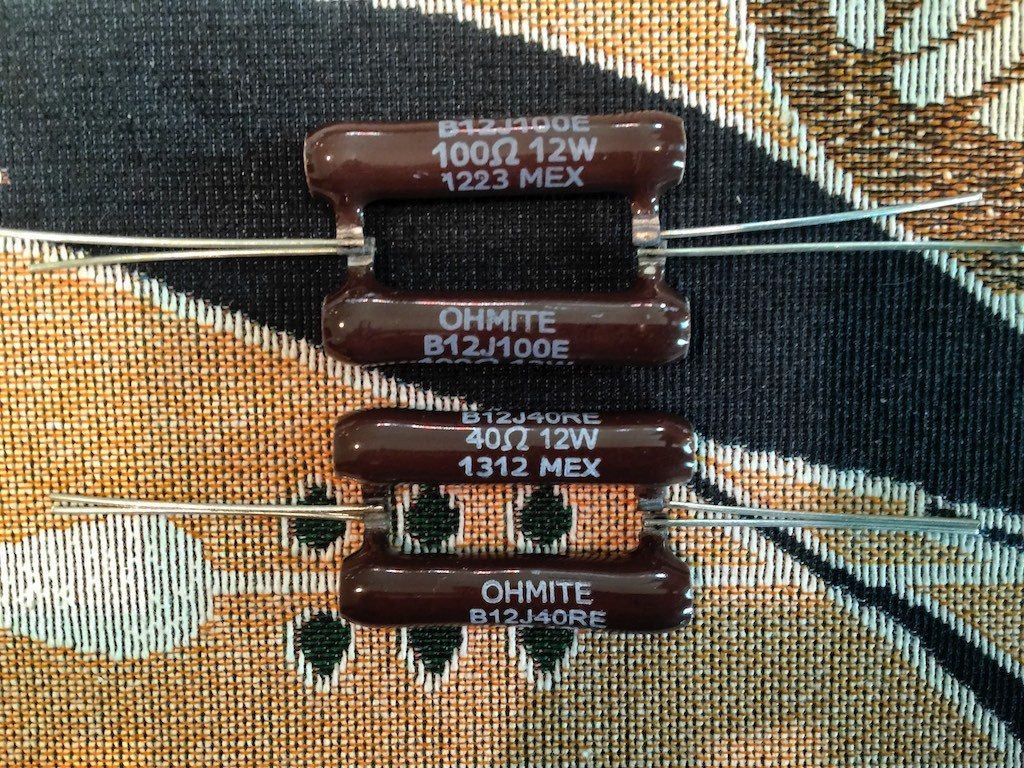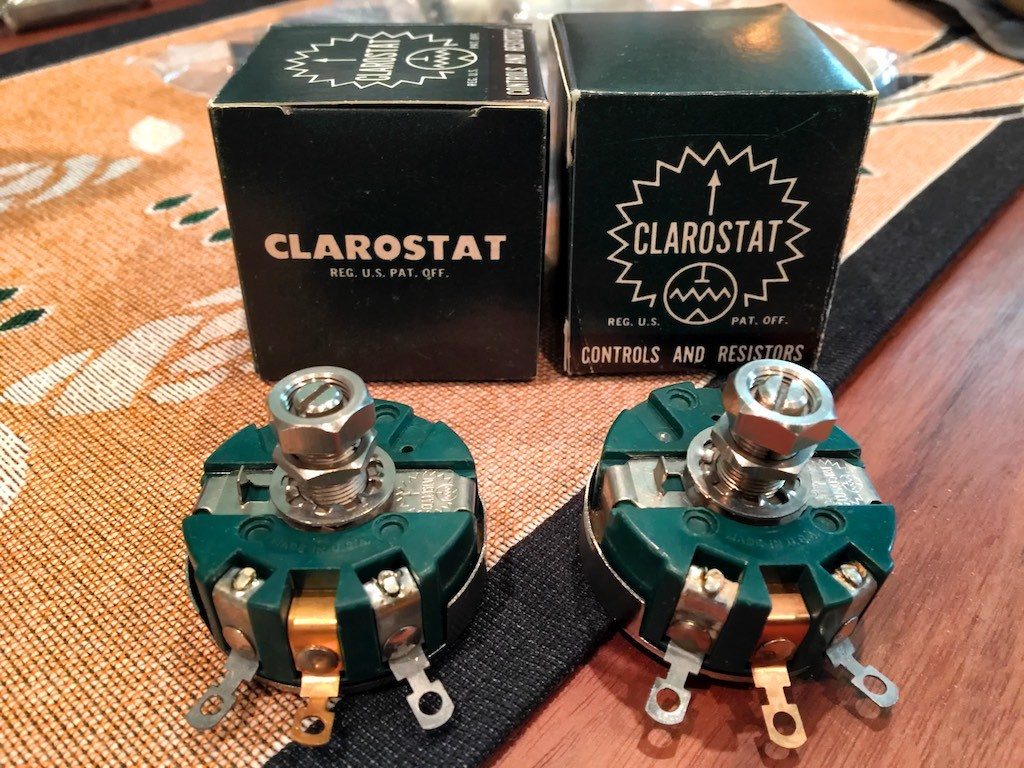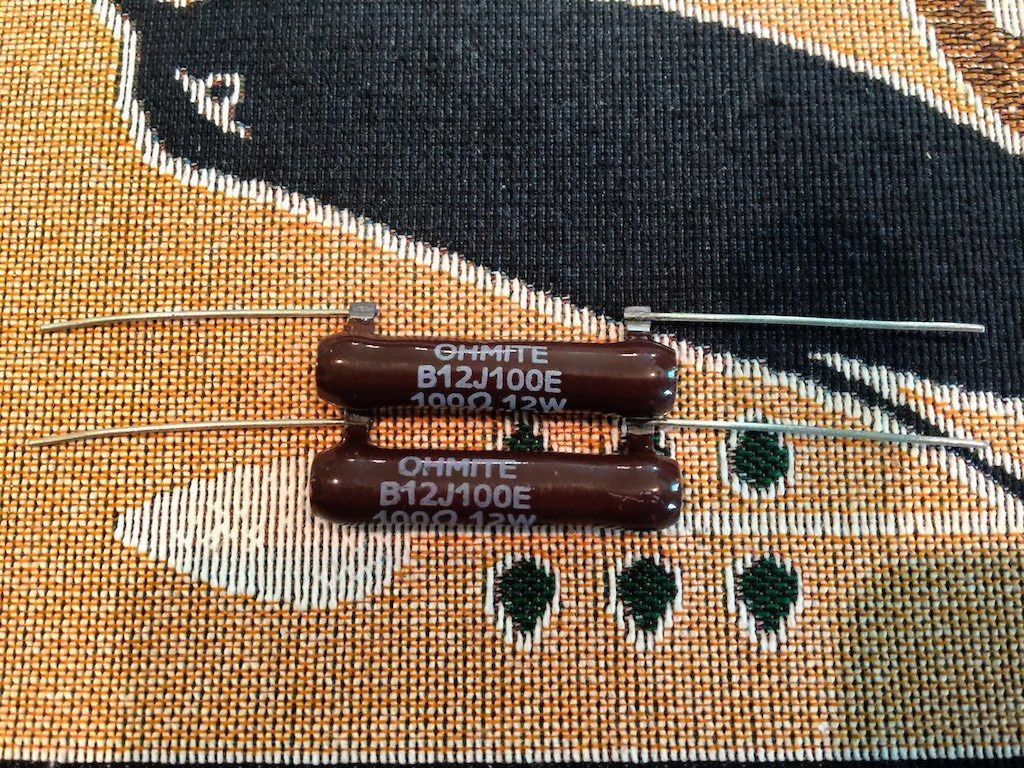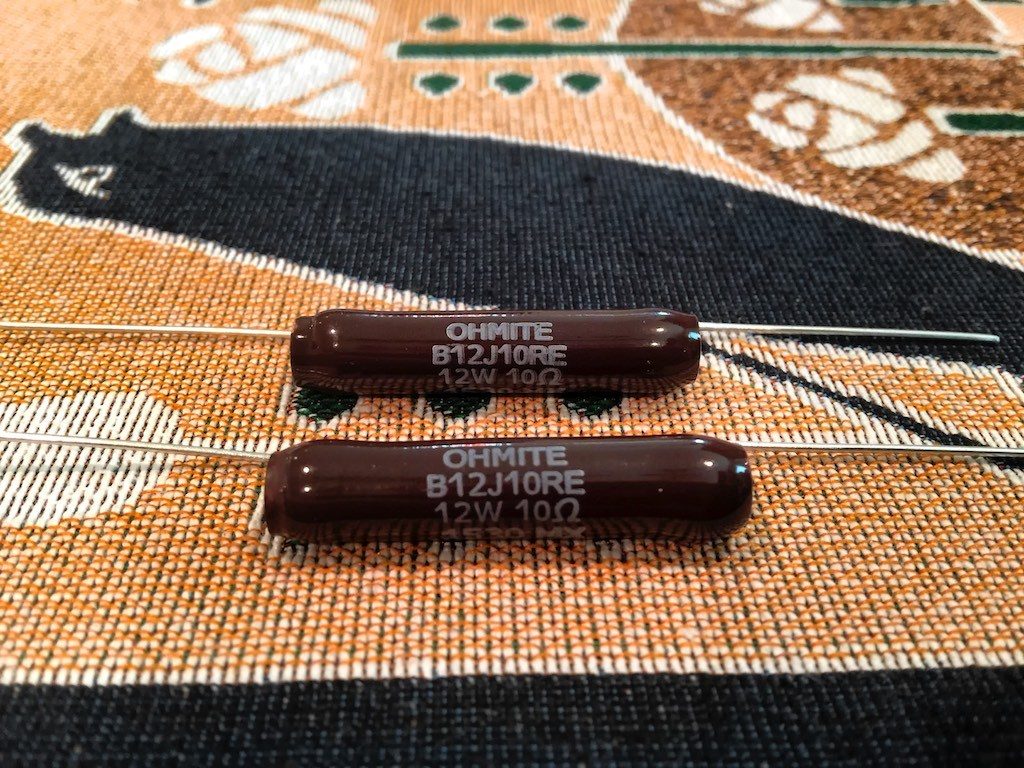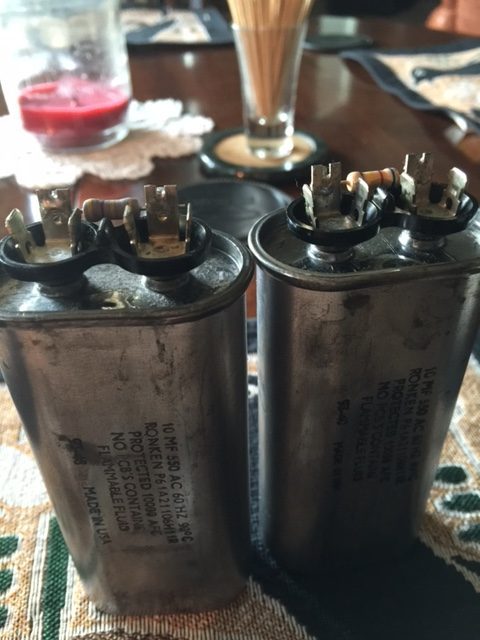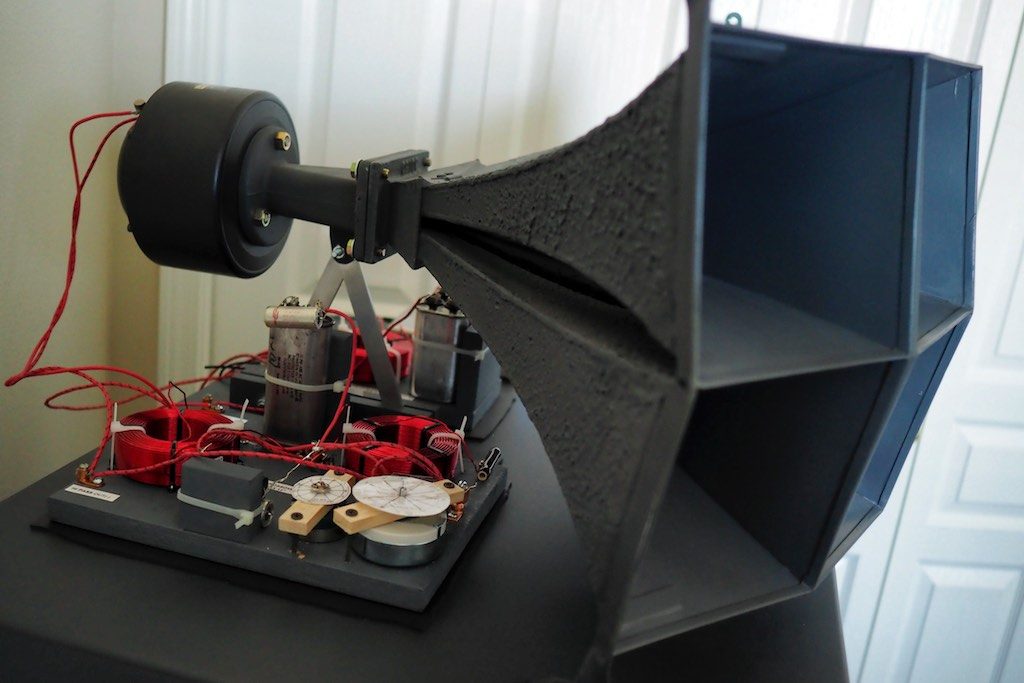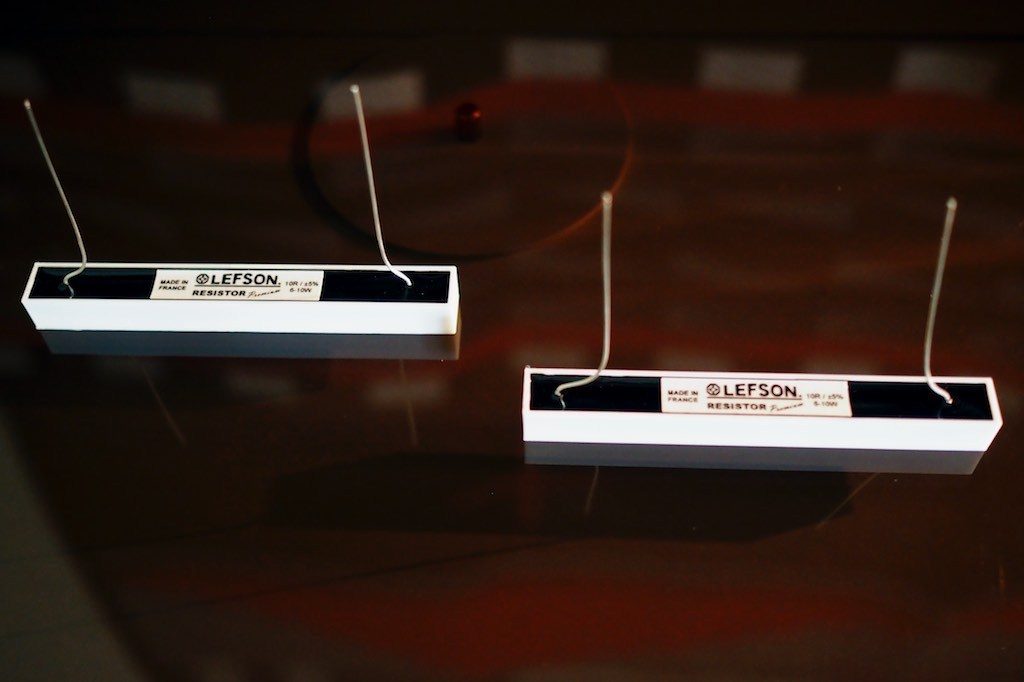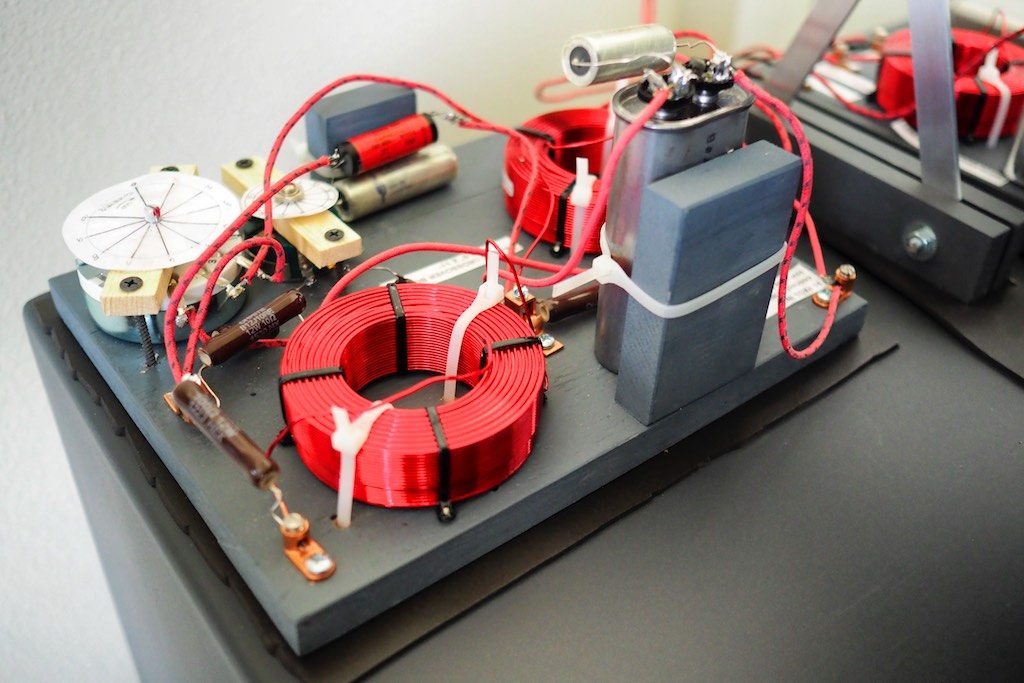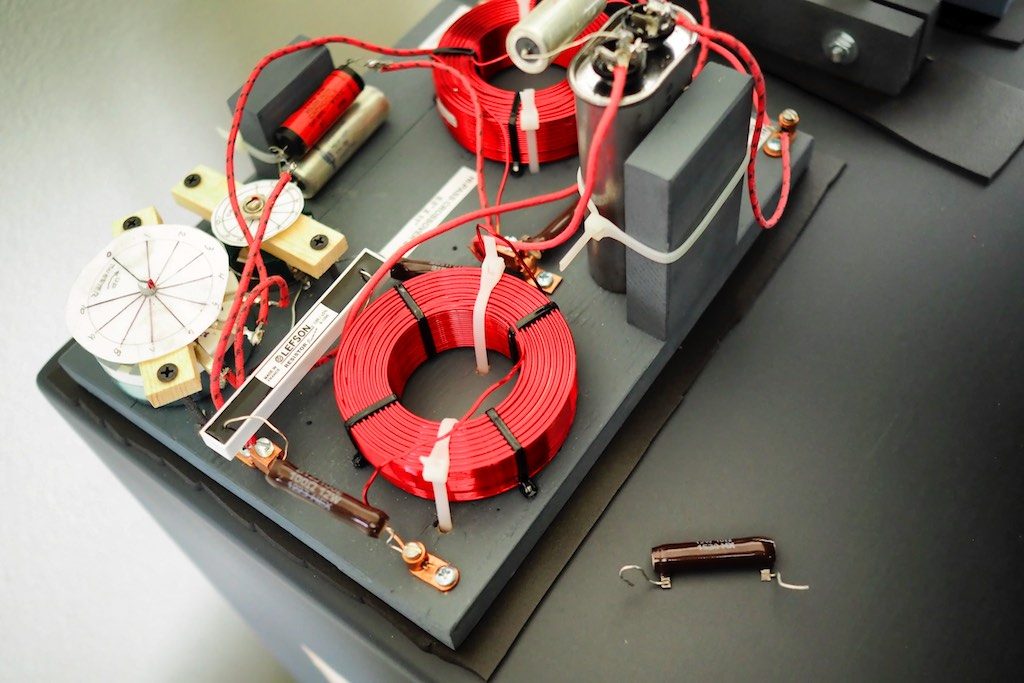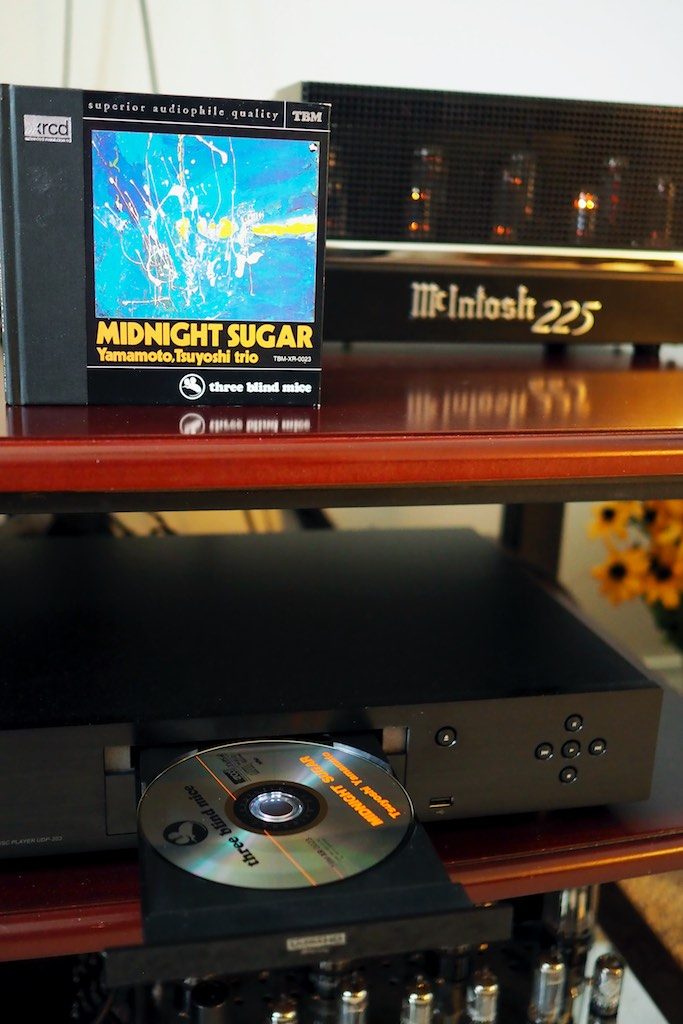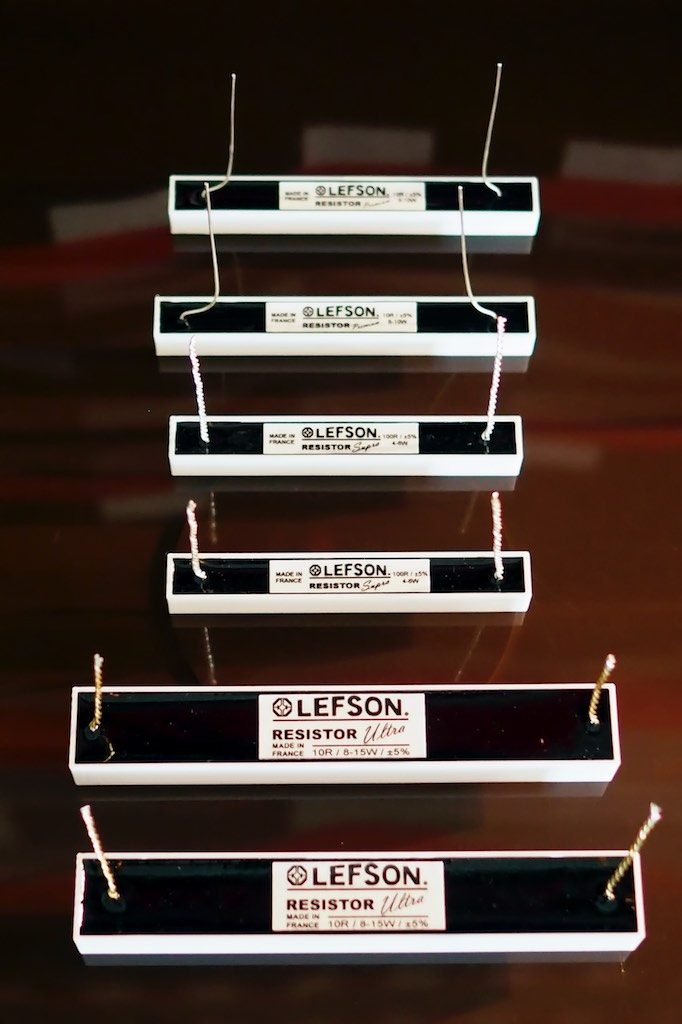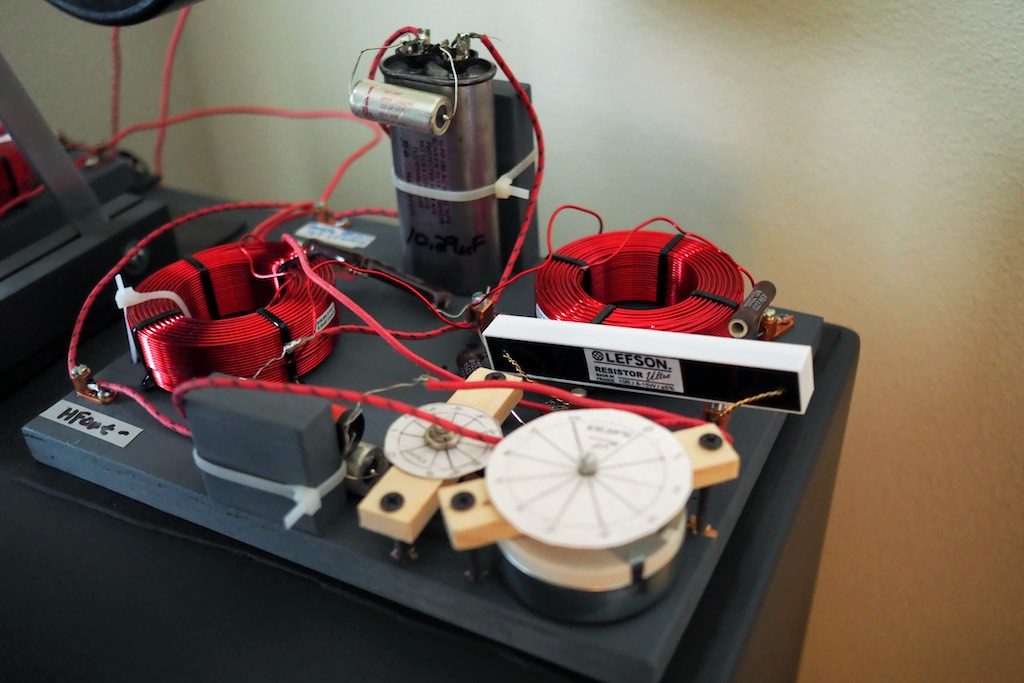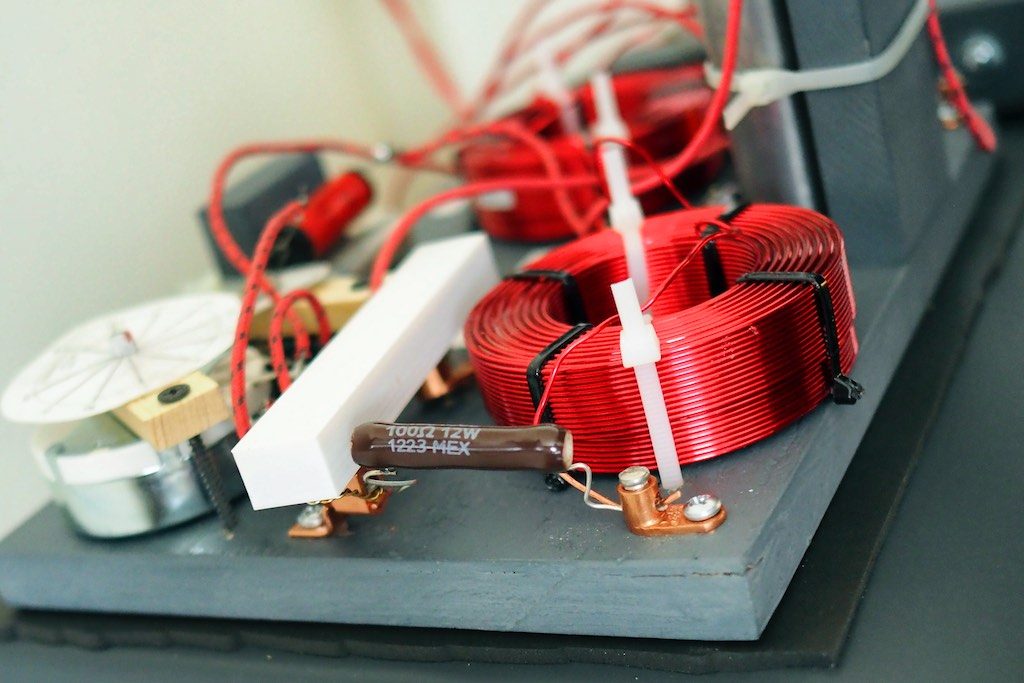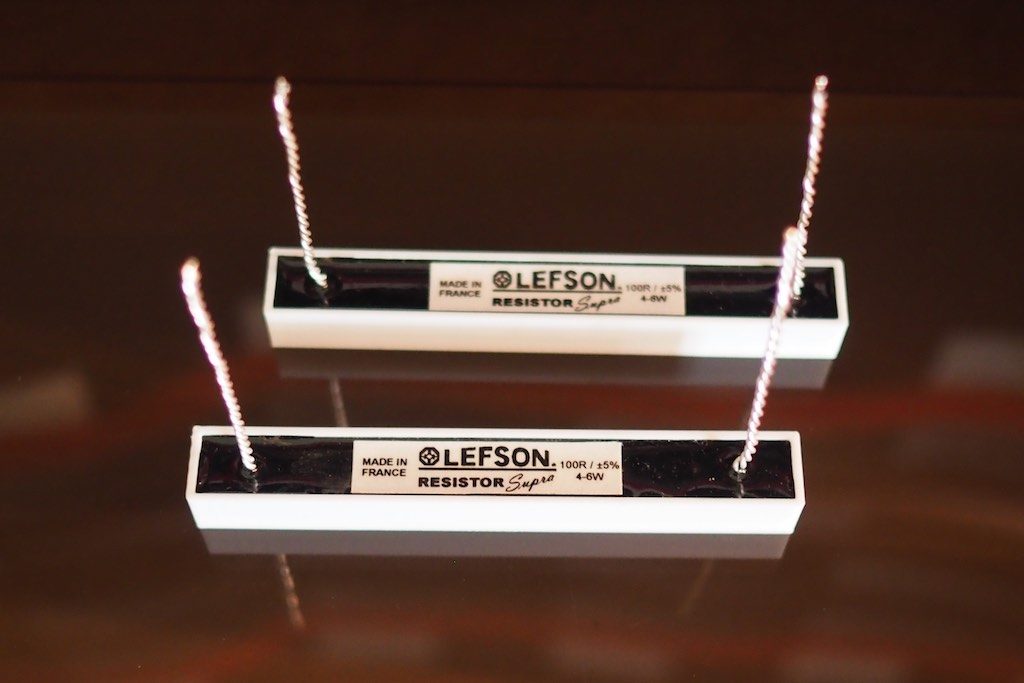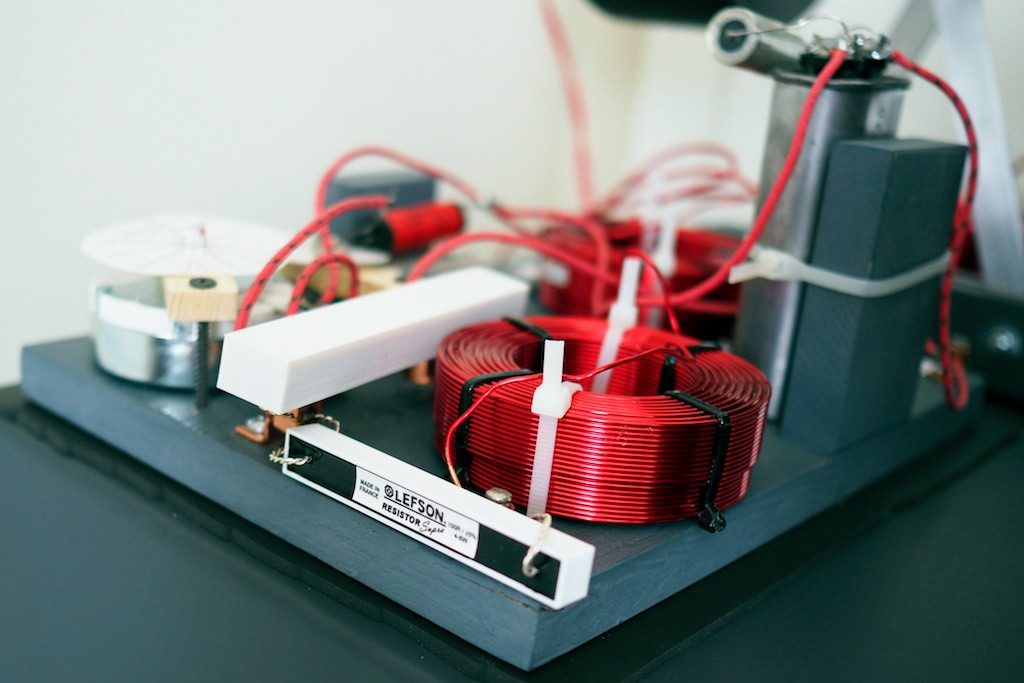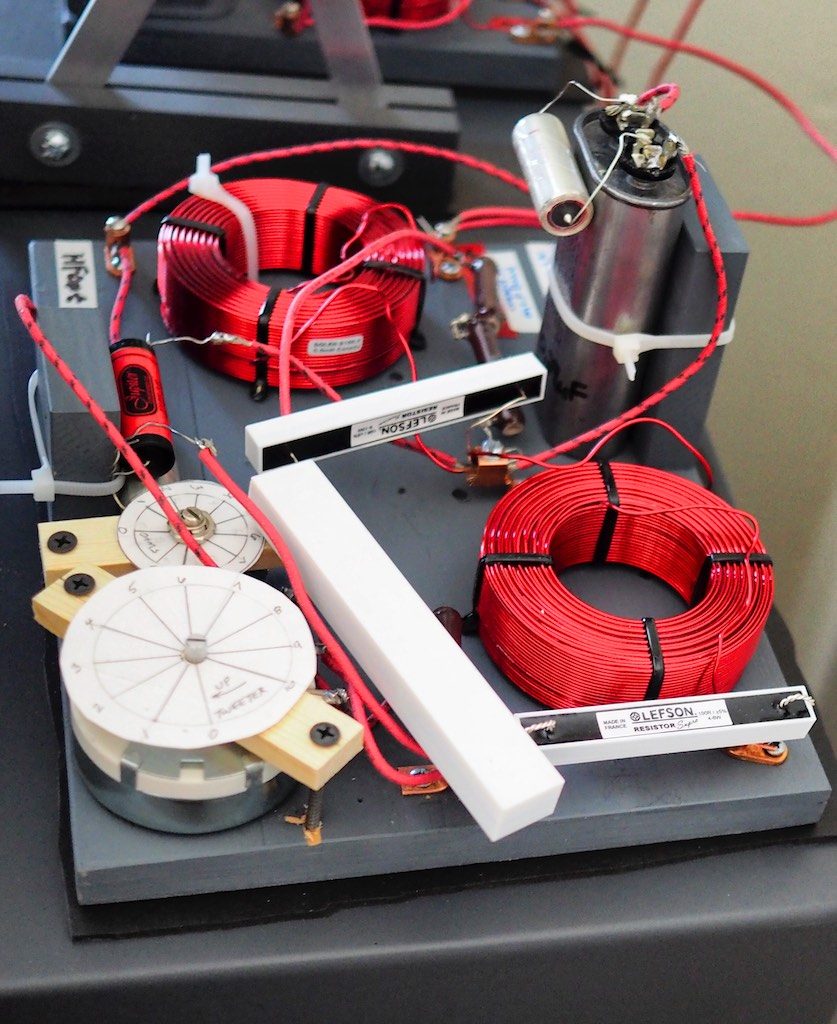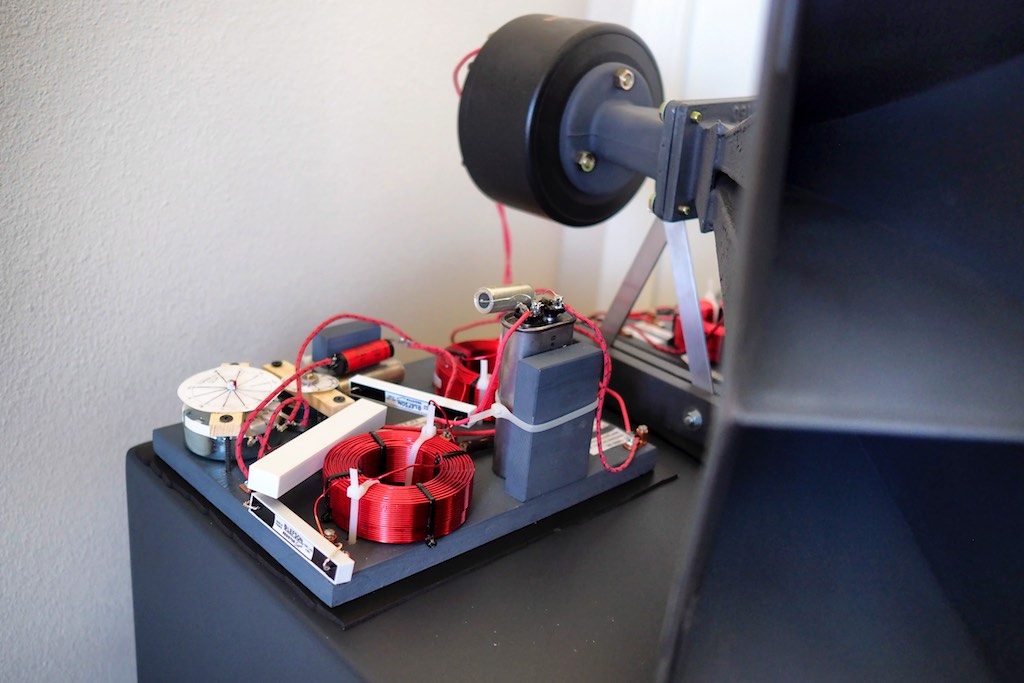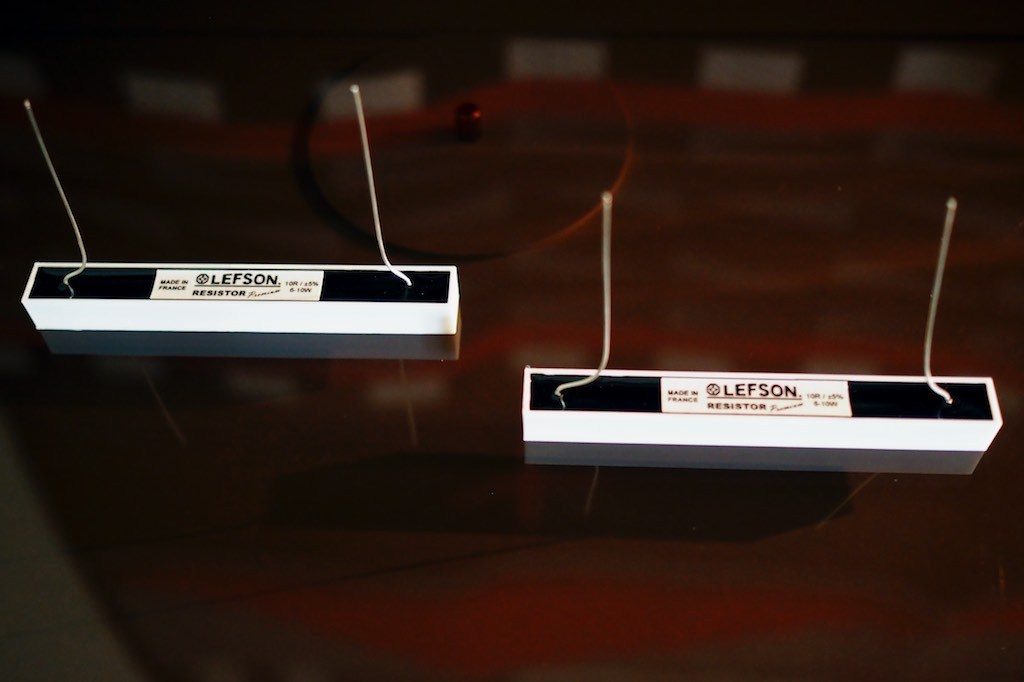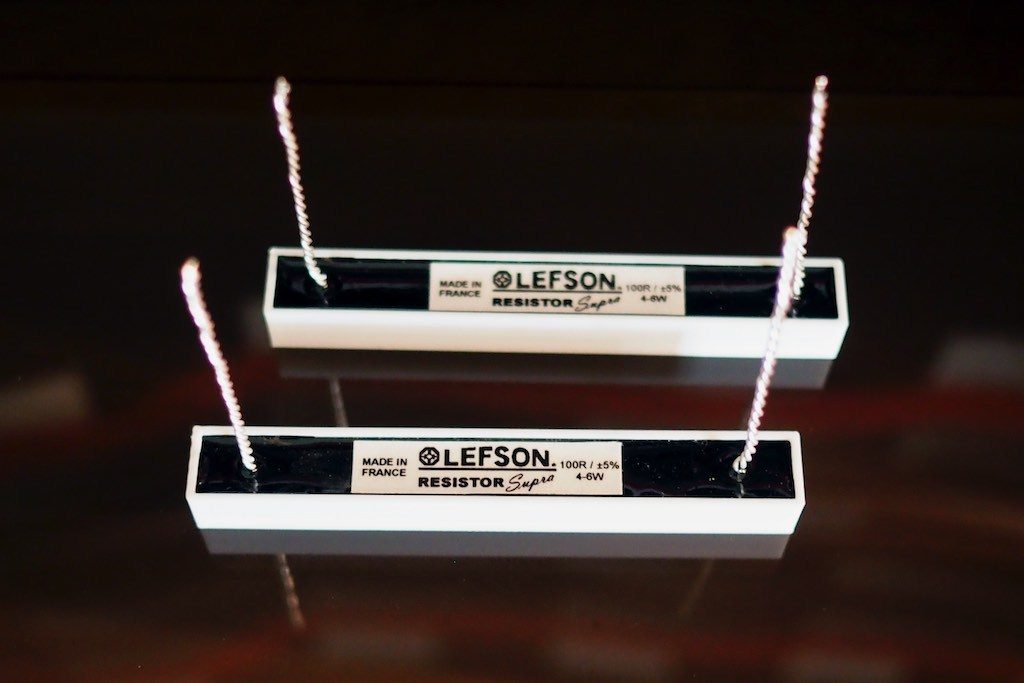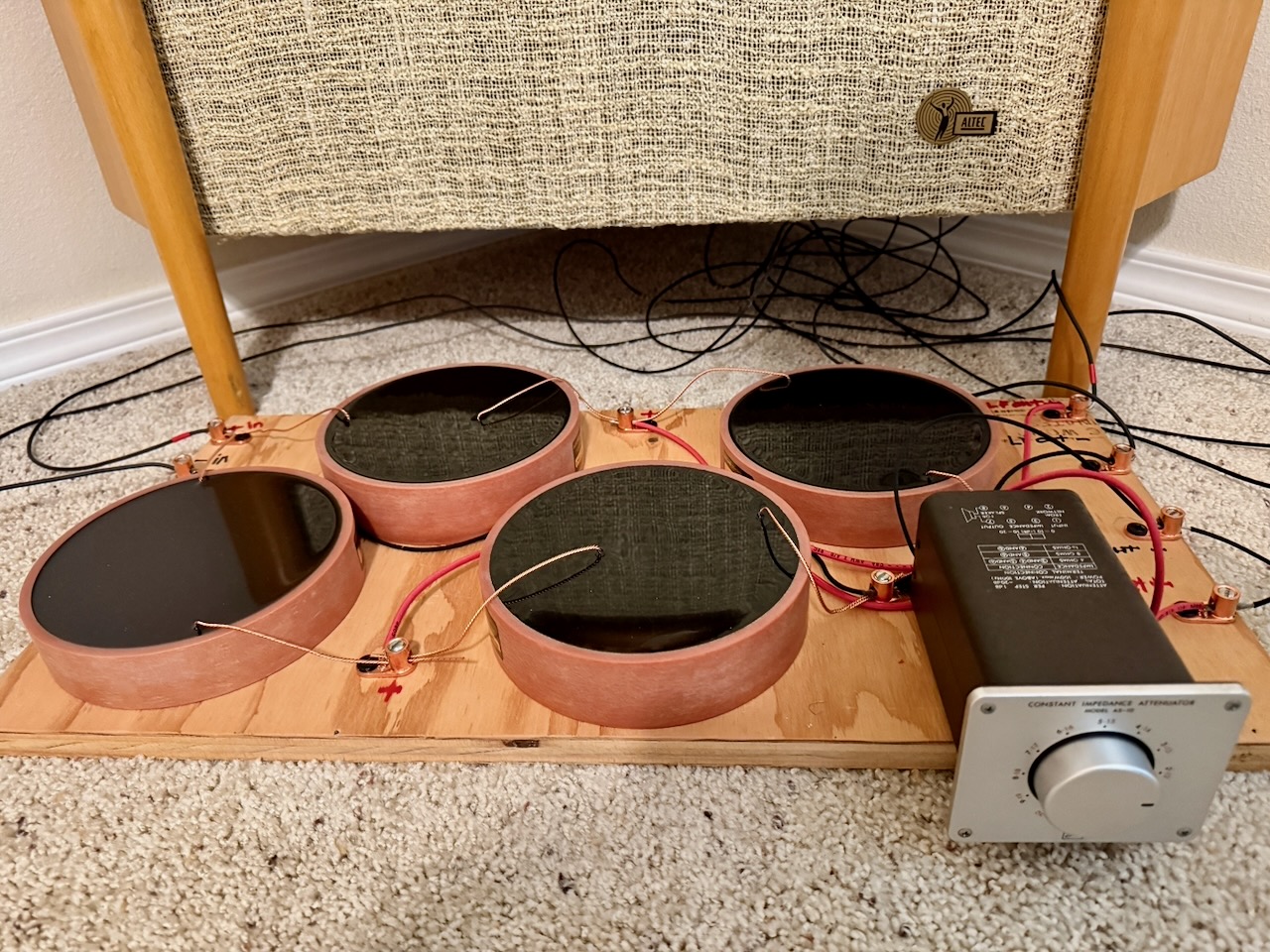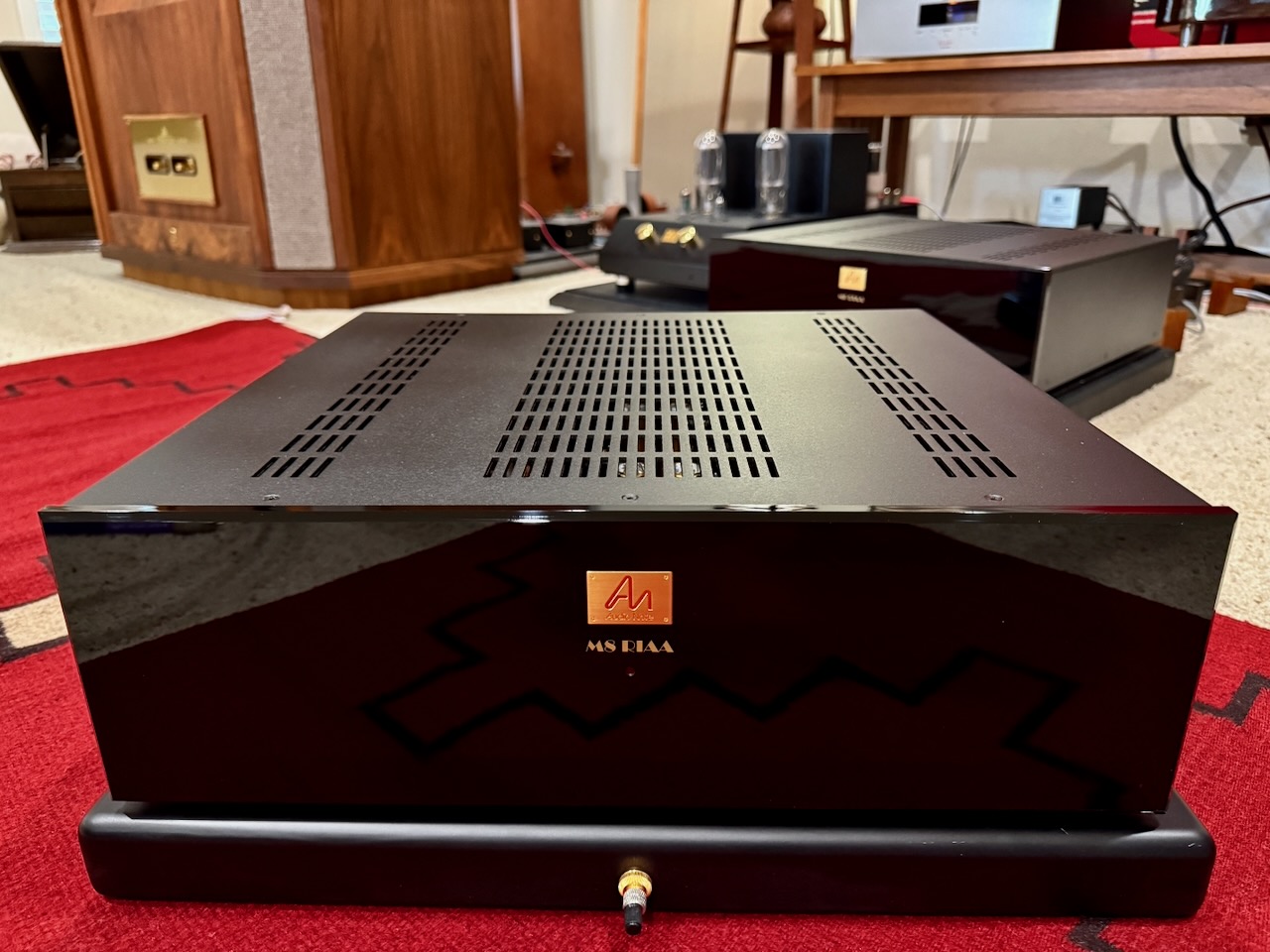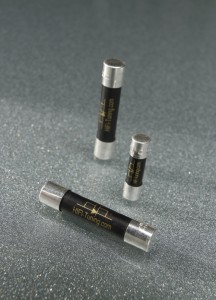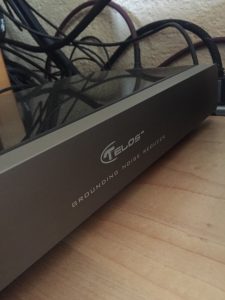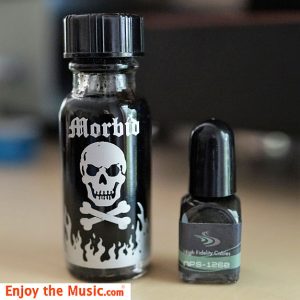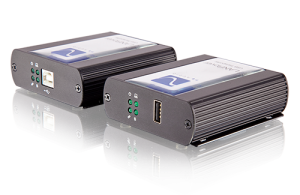I have been enjoying quite a lot of audio adventures over the last year or so while doing audio projects where I experimented with various wire types, capacitors, inductors, and resistors in audio circuits.
As a result, my knowledge, skills, and confidence related to developing, modifying, and optimizing audio circuits have been progressing to where I feel a bit more adventurous than I used to in getting out my soldering iron, and doing a little audio surgery on a circuit, so I can hear what happens as a result.
Some of you have experienced how much difference changing out vacuum tubes in audio electronics can make to the overall sonics & musicality of a hi-fi, and my experience has been that you can get an even more dramatic difference when you start changing out components at the 'DNA' level of audio circuits.
It never ceases to amaze me how much changing even a single length of wire, a capacitor, a resistor, or an inductor in an audio circuit can influence the overall 'voicing' performance in terms of sonics & musicality, and it is a very powerful tool for optimizing performance just the way you want it to be.
This was a powerful revelation for me as an audio hobbyist and music lover.
No longer do I have to make the very expensive choice of replacing components in an attempt to voice a system the way I want it, which can cost many thousands of dollars, but rather I can just tweak my existing audio equipment's performance until it matches my definition of musical perfection, for tens to hundreds of dollars, by making a few key substitutions of wire, resistors, capacitors, or inductors, as the case may be.
Lefson: French High-End Analog Audio Devices
While in the midst of all this audio adventure circuitry fun, Dr. David Robinson (Editor in Chief of Positive Feedback) asked me if I could write about the three new ranges of carbon/silver audio resistors from Lefson in Wormhout, France, and of course I said, "Heck yeah!"
Doc put me in touch with Lefson owner Xavier Lefebvre so we could talk about some possibilities that would match well with his resistor product lines, and be complementary to one of the audio adventures I had going, the vintage Altec A5 Voice of the Theatre Project crossovers.
Before I dive into what we ended up doing with the Lefson resistors, let me give you a little background about Xavier Lefebvre and his company, Lefson.
Xavier Lefebvre was born in 1984, and has been truly passionate about audio since childhood.
Xavier graduated from ISTS in Paris (Institut Supérieur des Techniques du Son) at the age of 22, and after graduation Xavier followed his passion and worked as a sound engineer in a number of different recording studios in Paris, where he was able to meet and work with some of the most experienced French sound engineers.
Xavier's personal interest in audio led him to expand his studies into the field of audio electronics, as he wanted to understand and find out more about how the electronics work that he used for sound engineering in the studios.
With Xavier's growing interest in audio electronics, he decided to put his career in the recording studio aside, and he now devotes all of his time to his Lefson audio business.
Lefson officially opened its doors in November 2013 in Boulogne-Sur-Mer in Northern France, and in August 2016 Xavier moved Lefson to Wormhout so he could expand his manufacturing capabilities.
Xavier is very interested developing fundamental circuit components, such as resistors and capacitors, according to the specifications that he believes best preserve audio signal transmission for high-fidelity sound reproduction, and the Lefson Resistors you see here are the result of Xavier's research & development.
Xavier also designs & manufactures audio equipment for both personal audio use and for professional recording studio use, including preamplifiers, compressors & limiters, equalizers, microphones, etc., which you can read more about HERE.
Xavier says his customers have appreciated the performance of his Lefson products, and several of his customers are now using Lefson products during their studio sessions.
Xavier also has a service business, Lefson Repair, where he restores, modifies, and performs maintenance for home audio and studio electronics.
Xavier tells me that Lefson is much more than a business for him, it is a philosophy, a passion, where all his research and development's end goal is for the preservation of audio signal transmission for high-fidelity sound reproduction, both in the home and in the studio.
The Lefson Resistor
Xavier offers the Premium, Supra, and Ultra product lines of Lefson resistors, and describes his resistors thus:
"The Lefson Resistor is a very high performance pure silver/carbon audio resistor. It contains a pure graphite resistive element and two pure silver leads. Suitable for speaker crossover or emitter/source resistor of transistors in preamplifier/amplifier, the Lefson Resistor is pushing up the limits of sound reproduction."
The Premium resistor from Lefson is made with a carbon resistive element and silver leads, and is available in values from 0R68 (0.68 Ohms) to 200R (200 Ohms), with power ratings of 4-10 watts.
The Supra resistor from Lefson is also made with a carbon resistive element, but with double-wound silver leads, and is also available in values from 0R68 (0.68 Ohms) to 200R (200 Ohms), with power ratings of 4-10 watts.
The Ultra resistor from Lefson is made with dual carbon resistive elements, with double-wound silver leads that are gold-coated, and available in values from 0R33 (0.33 Ohms) to 100R (100 Ohms), with power ratings of 6-15 watts.
The Lefson Resistors in the Vintage Altec A5 Voice of the Theatre Project Crossovers
I had suggested to Xavier that we try his custom, hand-crafted, resistors in my Altec A5 Voice of the Theatre loudspeaker project crossovers.
First let me briefly describe the vintage Altec A5 Voice of the Theatre loudspeaker project for you, and then I'll go into how we incorporated the Lefson Premium, Supra, and Ultra resistors into the project's crossovers for this review.
The Vintage Altec A5 Voice of the Theatre Project
I'm a vintage loudspeaker enthusiast, and for ages I've wanted a pair of the legendary Altec A5 Voice of the Theatre loudspeakers. The A5's were first produced in 1945 for sound reinforcement in movie theaters, then made famous among hi-fi enthusiasts by Jean Hiraga through his L´Audiophile demonstrations in Paris, who proved that the big ungainly A5 movie loudspeakers could be suitably tamed for high-fidelity home audio use.
I really wanted my Altec A5's to be as original, pristine, and as representative of the early Altec A5 production period as possible. To that end I chose two 825B cabinets, two 515B Alnico low-frequency drivers, two 1005B horns, and two 288C Alnico high-frequency compression drivers as the foundation for my project, which is a classic Altec-Lansing A5 Voice of the Theatre combination of components.
In October 2015 I commissioned vintage Altec specialist Gary Fischer (Gary Fischer Speakers) to restore a pair of vintage Altec A5 Voice of the Theatre loudspeakers for me, and Gary did a beautiful job of providing me a restored pair of A5's with all-original components.
Gary got the big A5's all done, crated, and shipped, and after braving winter storms that made roads almost impassable, somehow Old Dominion Freight Line was able to push through the winter storms of Montana to deliver the A5's on Christmas Eve 2015—Merry Christmas, Jeff!
Above you can see the Altec 825B cabinet with the back off to reveal the vintage Altec 15-inch 515B Alnico low-frequency driver inside.
Above you can see the Altec ten-cell 1005B horns with the Altec 288C Alnico compression drivers.
In the photo above you can see a close-up of the Altec 288C Alnico compression drivers.
With a little help from my friends Yazaki-san (SPEC Corporation) and Pete Riggle (Pete Riggle Audio Engineering), we came up with a modified version of the Jean Hiraga designed Altec A5 crossover that we thought would make the A5's adjustable enough to be optimizable for a couple of the living spaces in my home, first my larger main music room, and secondly my smaller audio-visual room, where the industrial A5's would ultimately live out their retirement from professional movie theater life in an environment of tender loving care.
First I bread-boarded the crossovers, which I've been working on optimizing for home use for over a year (!), and when I was satisfied with the result, then Pete Riggle designed a compact circuit layout and made up some more compact chassis for the crossovers so that I could sit them on the 825B cabinets to get easy access to them for component trials (above).
The Lefson Resistors in the Vintage Altec A5 Voice of the Theatre Project Crossovers
I sent the crossover schematic to Xavier to look over, and Xavier sent me two each of his 100R (4/6W) Supra Resistor to try in the R4 positions, the 10R (6/10W) Premium Resistor to try in R3-1, R3-2, or R5 positions, and the 10R (10/15W) Ultra Resistor to also try in R3-1, R3-2, or R5 positions.
Xavier said:
"So, you could make many tests between Premium and Ultra Lefson Resistor, replacing R3-1, R3-2, or R5. The power rating is expressed with two values (example 6/10W). The first one is the maximum allowed power without any heatsink. The second one concerns the maximum allowed power when the Lefson Resistor is fixed on a heatsink or to a reliable case. All these power values were measured with direct current. When AC operating (audio), the maximum allowed power is significantly higher. During our post-manufacturing tests period, the Lefson Resistor is stressed with current peaks, up to 25/30W."
When the Lefson resistors arrived, I was impressed with the level of their fit & finish, which are impeccable, giving me a good first impression of their level of quality.
My photos really don't do the Lefson resistors justice, they are just stunning to look at!
The Lefson resistors are also huge, as you can see in the photo above, where they are sitting on top of my Acoustic Revive RL-30 LP Demagnetizer, with an LP for scale.
They remind me somewhat of the Duelund CAST line of capacitors in the way they're potted, which also impressed me.
The Review System
I live in a rather small & modest nuevo bungalow home, with my living room area serving as my primary music listening room (it is 27'6'' long by 20'4'' wide, and with variable ceiling height from 9 to 20 feet).
After I was satisfied with the A5's crossovers' performance in my living room (above), I then moved them into my smaller audio-visual room (a spare bedroom).
The Altec A5's are impressive loudspeakers that are surprisingly flexible and room friendly, and somewhat to my surprise they adapted easily to their new home, which happens to be a spare bedroom in my home that I use as a audio-visual room, with the rather small dimensions of 11-feet x 12-feet x 9-feet (ceiling), with a 6' x 3'5" x 9' foyer on one end.
My AV room has an aging Philips television hung on the wall so I can watch movies or TV shows, which is kept company by the new OPPO UDP-203 Blu-ray player for spinning DVD or Blu-Ray movies, or CD's for music. I also stream Netflix and Sling via my MacBook Pro when the mood strikes me.
I use one of Mark Coles' Sablon Audio Quantum Gran Corona power cords on the OPPO UDP-203, which it completely transformed with a level of musicality & sonics that I never would have thought it was capable of!
For amplification, I'm using my Leben RS100U line stage (with an Acoustic Revive RAS-14-TripleC NCF Power Conditioner combined with Sablon Audio Gran Corona power cord), along with my vintage McIntosh MC225 stereo amplifier, for a very happy amplification match with the Altec A5's.
Interconnects from the Philips TV to the Leben RS100U preamplifier, and to my vintage McIntosh MC225 stereo amplifier, are Belden 8402 microphone cable interconnects with the shield connected to ground at both ends, Yazaki-san style.
Interconnects from the OPPO UDP-203 Blu-ray player to the Leben RS100U are Duelund DCA16GA tinned-copper conductors terminated with Duelund gold RCA's.
An In-Depth Look at the Altec A5 Voice of the Theatre Crossovers (and Why Resistors Matter)
Yazaki-san and Riggle-san made some great suggestions for the design of my vintage Altec A5 Voice of the Theatre Project crossovers.
Yazaki-san suggested developing crossovers for my A5's based on a modified version of a crossover circuit developed by Jean Hiraga, specifically for use with Altec A5 Voice of the Theatre loudspeakers, that reshapes their 'theater voicing' to something more suitable for home high-fidelity use.
There's various models of stock vintage Altec crossovers that are said to be semi-tameable for home use, but at least in my experience, I've never really been able to achieve a tonal balance from them that I liked well or would want to live with for the long term.
I am told that the design intent of the Altec A5 loudspeaker's original crossovers took into account that the A5's would be sitting behind a movie theater screen, where they needed to blast their high-frequencies out through the screen into the large theater space where the audience is seated. At the same time the A5's low-frequency 515B drivers & 825 bass horn cabinets were driving the theatre screen to provide an amount of additional low-frequency performance by turning the movie screen into a very low excursion speaker diaphragm, a fascinating concept in itself.
The stock Altec crossover designs allowed for multiple settings of high-frequency attenuation in order to allow them to be adapted to the various theatre sizes they would encounter in use.
So, if you remove the movie screen from in front of the Altec A5's that is designed into the Altec crossover voicing, you have to do something for the 'nude' A5's crossovers or they're going to sound unpleasantly aggressive, shouty, and forward in the high-frequencies, and somewhat out of whack in the low-frequencies, which is exactly what I heard from the A5's in my main music listening room with the Altec N-500-C crossovers. It was possibly the worst sound I've ever heard coming from a pair of loudspeakers!
That's where the Hiraga-style crossover comes into play for my vintage Altec A5 Voice of the Theatre Project, as they are designed to lovingly tame the A5's performance for home high-fidelity music listening.
Let's start with a description of the components that make up the crossovers, so when I start discussing my listening impressions of the Lefson Resistors, you'll have a context for understanding what's been changed in the circuit, and how the change(s) affects the overall sound & musicality of the crossover's performance.
Let's start with describing the resistors used in the A5's crossovers, which is of course particularly fitting, given that resistors are the subject of this article! Resistors matter!
In case you're wondering where the R1 resistor is in the schematic above, there isn't one, as there was no R1 in the original Hiraga-san crossover schematic. No, I don't get it either, it's just a peculiarity of the original Hiraga A5 schematic!
For the R2 140-Ohm 10W resistor value, we used a series resistor connection of an Ohmite Brown Devil B12J100E-ND 100-Ohm 12W resistor, and an Ohmite Brown Devil B12J40RE-ND 40-Ohm 12W resistor.
The original Hiraga-style notch filter circuit uses an R3 24-Ohm 50W resistor, which is an important resistor for the final sound quality, because the current that drives the Altec 288C compression driver flows through it, which makes the choice of R3 resistor(s) a big deal when it comes to overall performance.
One of my main goals for the A5's crossovers was to make them adjustable enough to be optimizable for both my main listening room (larger), as well as my audio-video room (smaller), where the A5's will ultimately live out their retirement from the glamour of professional movie theater life.
In the schematic above you can see the two adjustability features that we built into the crossovers, both involving resistors (hint, hint), to achieve the goal of adjustability in voicing the A5's for different room sizes.
The first adjustability feature we built into the Hiraga-inspired circuit is the variable resistor (VR) circuit in the high-frequency notch filter that was suggested by Yazaki-san, with the second adjustability feature being the addition of an L-Pad to the high-frequency circuit that was suggested by Pete Riggle.
For the adjustable notch circuit modification, the R3 24-Ohm 50W resistor was replaced with three resistors in series: an R3-1 Ohmite Brown Devil B8J10RE 10-Ohm 8W resistor, an R3-VR Clarostat wirewound variable 10-Ohm 4W resistor, and an R3-2 Ohmite Brown Devil B12J10RE 10-Ohm 12W resistor (depicted at the left middle of the crossover schematic above).
This allows R3 to have an adjustable value from 20-Ohms to 30-Ohms. This level of adjustability makes a rather remarkable difference in the frequency response plots Pete Riggle calculated to model the changes at various R3 values, but which I won't discuss here. If you want to read more about this aspect of performance, I refer you HERE.
Of course, the bottom line for music listening is, "Which R3 value makes for the most musically enjoyable presentation?"
For the R4 100 Ohm 10W resistor value we used an Ohmite Brown Devil B12J100E-ND 100-Ohm 12W resistors (above).
For the R5 10-Ohm 20W resistors we chose the Ohmite Brown Devil B12J10RE-ND 10-Ohm 12W resistors (above).
The final resistors in the crossover circuit are the resistors that make up the L-Pad.
Just to the right of the VR-circuit in the schematic (above) you can see the 16-Ohm L-Pad suggested by Pete Riggle, which is a resistor based device that provides attenuation & impedance matching via a network composed of two resistors that resemble an "L" shape when drawn on a schematic, thus the term "L-Pad".
As Pete has noted, the L-Pad in an important addition to a Hiraga-style crossover circuit to adapt it to different Altec horn and/or Altec driver combinations, and which allows the high-frequencies to be attenuated so they can be blended properly with the low-frequencies while trying to 'voice' the crossovers for a particular application.
For example, while my A5 Project loudspeakers are very similar to the selection of components that Jean Hiraga used, instead of the fifteen cell Altec 1505 tar-filled horns used by Hiraga-san, I used the 3dB more sensitive ten cell 1005B Altec horns, and the L-Pads turn out to be essential for attenuating the extra sensitivity of the 1005B horns so they blend properly with the 515B drivers & 825 bass horn cabinets combination.
For the A5 project crossovers I used speaker L-Pad attenuators (100W Mono 3/8" Shaft 16 Ohm) that I ordered from Parts Express (Part # 260-261).
So that is the end of our survey of resistors in the project crossovers - Viva Le Resistance!
The L1, L2, and L3 6.6 mH inductors (above) for the A5 Project crossovers were sourced from Solen Electronique Inc. in Canada, who provided superb customer service. I ordered six model S166.8 air core inductors, and specified they be trimmed to 6.6 mH, which Solen very graciously & speedily did for me.
For the C1 18uF capacitor position in the circuit of the A5 crossovers I chose oil-filled motor-run capacitors, based on Pete's recommendation. I ordered six Ronken P61/660V 6uF film/metalized paper in oil caps (P61A23605H02) from TEDSS.COM, and connected three in parallel for each channel to achieve the C1 value of 18uF specified by Hiraga-san. I should note that since that time, Pete has selected by ear some very nice sounding oil-filled capacitors for crossover projects, that he makes available at his website HERE.
For the C2 10uF capacitor position in the circuit, I chose Ronken P61/550V 10uF oil-filled motor-run capacitors, which I bypassed with 0.22uF Arizona Capacitors Red Cactus capacitors to improve their high-frequency sound quality.
For the C3 0.83uF capacitor position in the circuit, I experimented with a wide variety of new and NOS capacitors, finally settling on two combinations of capacitors that I really like.
My first preference was for the prototype Duelund CAST tinned-copper capacitors that I had the privilege to try, which were absolutely stunning (not shown), followed by the less stunning but still good combination of a 0.33uF Jupiter Condenser 'Red Astron' capacitor connected with a 0.47uF Arizona Capacitors Blue Cactus capacitor (above).
Earlier I mentioned how critical the R3 resistor position is to the overall sound quality of the high-frequencies, due to the current flowing through R3 that drives the Altec 288C compression drivers.
The same holds true for the C3 capacitor positions, and capacitor choices in the C3 positions have a very large effect on the ultimate sound quality & musicality of the A5's high-frequencies, so it's worth taking time to try a few different capacitors to get the voicing you want.
I wired the crossovers internally with vintage Western Electric WE16GA tinned-copper wire.
Most of the connections on the crossovers are made with copper set screw lugs (straight tongue, 14-8 AWG, #10 stud) that I ordered from McMaster-Carr, to allow for the convenience of quick connects & disconnects while experimenting with the crossover circuits.
Pete Riggle (Pete Riggle Audio Engineering) did a really nice job of laying out compact versions of my breadboard crossovers, and then built some crossover bases that separated the high-frequency & low-frequency circuits onto separate boards, so it would be easy to position them on top of the A5's for further tweaking and audio adventures. Thank you Pete Riggle!
In the photo below you can see the crossovers sitting upon Soundfoam, which is special aerospace product produced by The Soundcoat Company, which is used in aerospace for preventing vibration from passing from one surface to another. The Soundfoam works great to isolate the crossovers from the top of the 825 bass horn cabinets that they're sitting atop, as well as isolating the 1005B horns from the cabinets—good stuff!
Lefson Resistor Listening Impressions
After a quick "Vive la France!" toast I started my listening adventures with the pure silver & carbon 10R Lefson Premium resistors.
The Lefson Premium resistor utilizes one carbon resistive element with silver leads in a potted case, and is the entry level into the exotic Lefson resistors.
The Lefson 10R Premium Resistors at R5
I decided to start with the 10R Lefson Premium resistors in the R5 positions replacing the Ohmite Brown Devil B12J10RE-ND 10-Ohm 12W resistors that have been doing duty there.
In the photos above you can see the R5 & R4 positions on the crossover in the left middle of the photo, forming an "L" shape. R5 is in-between the L-Pad and the inductor, and R4 is towards the side of the crossover board.
I've been very happy with the level of musicality & sonics I've been getting from the Ohmite Brown Devil resistors, so I was curious as to what sort of musical & sonic results would come from changing out the various Ohmite Brown Devil wirewound resistors for the exotic Lefson pure silver & carbon resistors.
As an example, while I was listening to one of my favorite jazz guitar albums, Les Paul's and Chet Atkins' Lester & Chester, recorded by in Nashville by RCA in 1975, I thought the crossovers with the Ohmite resistors in R5 sounded fantastic, giving a rich & musical presentation, full of color, timbral textures, and lots of musical nuance in tempo, beat, rhythm, and dynamics that made the music a lot of fun to listen to, and provided me a strong emotional connection to the music.
The Ohmite's also gave well defined instrumental images with lots of body, a wide but not particularly deep soundstage, and resolution of a natural amount of musical nuance that made the music interesting.
In short, the Ohmite's provided great tone and an engagingly musical presentation at R5 that I liked a lot.
Swapping in the Lefson Premium silver/carbon resistors for the Ohmite wirewound resistors at R5, Lester & Chester had a much greater sense of spaciousness in the recording, the soundstage was about the same width, but noticeably taller, and much deeper. With the Ohmite's it was if the instruments emerged from a dark soundstage with little connection between them, isolated in space, but with the Lefson's there was a sense of reverberation & connectedness in the soundspace between the instruments that I really liked, but was completely missing with the Ohmite wirewound resistors.
The Lefson's offered a glimpse deeper into the fabric of the music, with more musical nuance being evident. The Lefson's are much more transparent overall than the Ohmite's, more resolving of subtle details, yet at the same time they have a more relaxed sounding presentation of the music.
The Lefson's weren't quite as good at conveying the initial attack of a note as the Ohmite's were, but I thought they were better at conveying the way that notes trail off subtly in time than the Ohmite's.
The speed of and/or the subtle changes in the speed of tempos were not portrayed as clearly or convincingly by the Lefson Premium resistors as by the Ohmite Brown Devil resistors, with the Lefson's sounding a little laid back tempo-wise. The variations in dynamics in melody lines were also less pronounced with the Lefson's, making them somewhat less engaging from a melody & beat standpoint, but their greater transparency & resolution made them better at resolving multiple harmony lines, for example.
As another example, on Midnight Sugar by the Yamamoto Tsuyoshi Trio, Isoo Fukui's bass sounded utterly natural and had superb pitch definition with the Lefson Premium resistors at R5. The piano of Tsuyoshi Yamamoto, was beautifully rendered in tone color, and positively sparkled with the feel of Yamamoto-san's talented touch upon the keys. Tetsujiro Obara's bass drum sounded big & present, with a nice sense of articulation of sticks on the skin of the snare, and the cymbals sounding articulate and with lots of shimmer.
In the R5 position of the A5's crossovers, the Lefson Premium silver/carbon resistors easily outperformed the Ohmite Brown Devil resistors from a sonics perspective, being much more transparent, more resolving, with much better soundstage depth, by having a more spacious presentation with a sense of space that surrounded individual instruments in a captivating way, and just generally more resolved imaging.
The Ohmite Brown Devil wirewound resistors had a more 'rounded' tone, had more natural sounding timbral textures, had more musical nuance in tempo, beat, rhythm, and dynamics, than did the Lefson Premium resistors.
In short, for R5 I thought the Lefson Premium resistors were much better sonically than the Ohmite Brown Devil wirewound resistors, but gave up a little musicality to the Ohmite's, and overall for R5 I preferred the Ohmite's.
I should mention that during the review period, my pals Ron & Leo visited and we spent some time doing listening sessions between the Lefson Premium and Ohmite Brown Devil resistors at R5, and both Ron & Leo preferred the Lefson Premium resistors to Ohmite's both musically & sonically, contrary to my preference for the Ohmite's musical prowess in R5.
The Lefson 10R Ultra Resistors at R5
Next at R5 I compared the top-of-the line Lefson Ultra resistors with their dual carbon resistive elements and gold-coated & double-wound silver leads, to the Lefson Premium resistors with their single carbon resistive element and their non-gold-coated single silver leads.
The Lefson Ultra resistors are not only doubled up in carbon resistive elements & leads, they are also at least double in size compared to the Lefson Premium resistors, which means I had to relocate some of my mounting hardware to accommodate them on my crossover boards.
In the photo above you can see the Lefson Ultra resistors at the bottom of the photo, and the Lefson Premium resistors are at the top of the photo. The Lefson Ultra resistors are huge!
Simply put, the differences I noted while listening between the Lefson Ultra and Premium resistors at R5 was dramatic, and I greatly preferred the Lefson Ultra resistors to both the Lefson Premium & Ohmite Brown Devil resistors at R5, it was no contest.
The Ultra's had it all, sonically they did everything the Premium's did, while sounding richer, more organic, and more colorful & vivid tonally while they did it, which greatly endeared them to me - they were simply superb!
The Lefson Ultra resistors had an even more captivating overall musical tone than the Ohmite's, which excel in tone, with the Ultra's timbral textures being just out of this world, having all kinds of exquisite, interesting, and subtle timbral textures that were completely filtered out by the Ohmite's.
The Ultra's were even better than the Ohmite's in their ability to reproduce a life-like sense of tempo, beat, rhythm, and dynamics, which is really saying something, because the Ohmite's excel in that way.
I thought the Ultra's were better in every way sonically than the Premium resistors at R5, and more importantly, they were also significantly better than the Ohmite Brown Devil resistors musically.
The Lefson Ultra resistors were also Ron's & Leo's favorite resistors at R5.
The Lefson 100R Supra Resistors at R4
After listening to the Lefson 10R Premium & Ultra resistors at R5, I now wanted to move on and listen to the Lefson 100R Supra resistors at R4 in place of the Ohmite Brown Devil B12J100E-ND 100-Ohm 12W resistors I have been using (above).
The Lefson Supra resistor is similar to the Lefson Premium resistor in they both have a single carbon resistive element, but the Supra adds double-wound silver leads to the equation.
I listened to the Duke's Big 4 album with Duke Ellington (piano), Joe Pass (guitar), Ray Brown (bass), and Louis Bellson (drums), to get a feel for what the 100R Ohmite Brown Devil's performance before replacing them with the 100R Lefson Supra resistors.
The Ohmite Brown Devil resistors acquitted themselves quite well with Duke's Big 4, giving a nice rounded tone with Joe Pass' guitar, great pitch definition with Ray Brown's bass, musically interesting natural timbral textures, and a really nice engaging portrayal of melodies, tempos, and harmonies.
After being satisfied with what I was hearing from the 100R Ohmite Brown Devil resistors, I went ahead and swapped them out for the 100R Lefson Supra resistors (above).
The differences I was hearing at R4 from the 100R Lefson Supra resistors replacing the 100R Ohmite Brown Devil resistors, was similar to what I heard at R5 when I replaced the 10R Ohmite Brown Devil resistors with the 10R Lefson Ultra resistors, a significant change both musically and sonically for the better, as the 100R Lefson Supra resistors rather easily bested the Ohmite's in every way.
That suggests to me that the double-wound silver leads actually make a fairly significant contribution to the overall performance of Lefson Supra resistors, putting them closer to the Ultra resistors in overall tonality and sonic & musical performance, and having the Lefson 10R Ultra resistors at R5 and the Lefson 100R Supra resistors at R4 was a very significant improvement over the Ohmite Brown Devil resistors in those positions.
The Lefson 10R Premium & Ultra Resistors at the R3-1 & R3-2 Crossover Positions
As I mentioned earlier, the R3-1 & R3-2 positions are the most important resistors to the ultimate high-frequency performance, as current from these resistors drives the Altec 288C compression drivers directly.
In order to listen to how the Lefson resistors perform at R3-1 & R3-2 involved making several changes to the crossover, the first being removing those lovely Lefson 10R Ultra resistors from R5 so I could try them at R3-1 & R3-2 along with the Lefson 10R Premium resistors.
So out came the Ultra's and the Ohmite's went back in at R5.
After putting back in the Ohmite's at R5, and then listening to Duke's Big 4 told me a little bit more about the Lefson 10R Supra resistors at R4, in that much of the good I was hearing from the Ultra's at R5 was still present with the Supra's going solo at R4, which reinforced the idea that the double-wound silver leads play a more significant difference in performance than you would think.
From what I'm hearing from the double-wound silver leads for both the Lefson Supra & Ultra, the extra wire in the leads makes an important musical & sonic contribution to overall performance.
Doubling the lead winding maintains all of the spectacular sonic performance that I hear from the Lefson Premium resistors (actually it improves upon it), but at the same time it increases musicality significantly, giving for a richer, more tonally natural presentation, making the Premium sound a little bright and forward by comparison.
Not only that, but musically relevant criteria like timbral realism was much better with the double-wound Supra & Ultra resistors than with the Premium resistors, as were my ability to discern changes in tempo, to unravel the complexities & mysteries of harmonies, as well as the melody lines coming alive in a very satisfying way.
The changes in sonics & musicality at R5 & R4 with the different resistors were very illuminating for me, and my observations as how the differing qualities of the resistors used had such a big influence on overall performance, was rather remarkable.
Ok, now on to the promised R3-1 & R3-2 resistor positions and what the Lefson Ultra & Premium resistors bring to the game there.
In order to give the Lefson Premium & Ultra at R3-1 & R3-2 required removing the soldered combination of R3-1, R3-VR, and R3-2.
After removing the R3 combination of resistors from the crossover, I measured their total resistance the way I had R3-VR adjusted, which turned out to be 28.5 Ohms.
I noted the value so I could adjust the total resistance to that same 28.5 Ohms after I removed the Ohmite's and then soldered in the 10R Lefson Premium & Ultra resistors in their place.
After getting the resistor swapping completed I installed the R3 combination of resistors back into the crossovers, let the system warm up for a bit, and then played Duke's Big 4.
The Lefson resistor combination of the 10R Premium & Ultra resistors at R3-1 and R3-2, respectively, completely blew away the lovely sounding Ohmite Brown Devil resistors both musically & sonically on Duke's Big 4, with the difference being akin to sitting in with the band versus listening to a really nice recording.
The transparency and resolution of detail went way up with the Lefson's in position, but the resolution & detail were presented so naturally and with such real musical richness that I immediately liked what I was hearing in a very big way.
Duke's music flowed out of the big vintage Altec A5 Voice of the Theatre loudspeakers in absolutely effortless fashion, and I would have been hard pressed to find anything about the sound that wasn't magnificent both musically and sonically.
Summary & Conclusions
I've found that the choice of resistors I use in various audio circuits to be incredibly important for achieving the kind of sonic & musical performance I desire in my hi-fi equipment—resistors matter.
The Lefson Resistors are the real deal, and I'm really impressed with their performance in my Altec A5 Voice of the Theatre project crossovers.
I've been happy using the lovely sounding Ohmite Brown Devil wirewound resistors in my A5's crossovers up until now, but I have to say the Lefson resistors are in a completely different league from the wirewound Ohmite's, particularly the Lefson Supra and Ultra resistors, which excel dramatically both musically & sonically way beyond what the Ohmite's are capable of.
Whether listening to music as varied as jazz, folk, blues, or pop, the Lefson resistors always continued to impress me with their combination of musical & sonic prowess.
The Lefson Premium resistors (35€) with their single carbon resistive element and 0.8mm pure silver leads will shock you if you've never heard what a pair of carbon & silver resistors can do for resolution and transparency in your crossovers.
Replacing wirewound resistors like my Ohmite's with the Lefson Premium resistors is like removing the sock that someone stuffed in front of your high-frequency drivers, and the music opens up and begins to breathe with all kinds of new details and musical cues in a rather remarkable fashion. Let's just say that the difference between my wirewound Ohmite's and the Lefson Premium resistors was not subtle, but rather dramatic.
A number of you who knew I was reviewing the carbon & silver Lefson resistors for Positive Feedback asked me the obvious question of, "How do they compare to the carbon & silver Duelund CAST resistors?"
I can't answer that question definitively as I didn't have Duelund CAST resistors available in the same values to compare to (and vice versa), but I can speculate a little bit based on what I hear from the Duelund CAST resistors in the crossovers of my Tannoy Westminster Royal SE loudspeakers, and what I hear from the Lefson resistors in my Altec A5 Voice of the Theatre crossovers, when both are compared to the Ohmite Brown Devils in those crossovers.
From what I can hear from the Lefson resistor lineup, the Lefson Premium resistors are the most similar to the Duelund CAST resistors, with both sounding astonishingly open and transparent in crossover circuits.
Both the Lefson Premium resistors and the Duelund CAST resistors have the similar considerable strengths of being open & transparent sounding, with extended high-frequencies, a high level of resolution of detail, superb soundstaging & imaging, and an astonishing sense of space if it exists on a recording. On good recordings, the Lefson Premium resistors and the Duelund CAST resistors will blow your mind at what they can do for both musicality & sonic performance.
However, both the Lefson Premium resistors and the Duelund CAST resistors also share a common Achilles' heel, which is that they can be a bit too bright and forward unless the crossovers are voiced to accommodate them.
Even with that caveat, they are both wonderful sounding resistors, and in the case of the Duelund CAST resistors, I have been living with them happily for many years now in the crossovers of my Westminster's, and the Lefson Premium resistors will not be leaving R3-1 in my Altec A5 crossovers any time soon!
The Lefson Supra resistors (55€) with their single carbon resistive element and their two-times 0.8mm double-wound pure silver leads are something special, and taught me some very interesting things about the leads used for resistors.
As I understand it, the Lefson Supra resistors are essentially the same as the Lefson Premium resistors, with the exception of the doubled pure silver leads, and to praise them I'll say the Lefson Supra resistors share all the same wonderful qualities of transparency, extended high-frequencies, high level of resolution of detail, superb soundstaging & imaging, and an astonishing sense of space, that the Lefson Premium resistors possess, with one very important additional bonus.
If you guessed that the bonus is that the Lefson Supra resistors don't have the Premium's Achilles heel of being a bit too bright and forward unless the crossovers are voiced to accommodate them, you were exactly right.
That's right, for reasons I'm not sure I understand, the doubled silver leads make a rather profound difference, and I never heard them get bright or forward when in R4, which is a very important attribute for me.
Instead of getting occasionally bright or forward sounding, like the Premium's could, the Supra's were silky sounding in the highs, sparkling with transparency & detail, while never going over the edge by being bright or forward sounding.
I like everything about the Lefson Supra resistors both musically and sonically, they are simply remarkable resistors that I am thrilled to have in my crossovers.
I believe that the Lefson Ultra resistors (90€) with their double carbon resistive elements and their gold-coated two-times 0.8mm double-wound pure silver leads are simply the finest crossover resistors available on Planet Earth today.
The Lefson Ultra resistors take the all of the good qualities of the Lefson Supra resistors and up their musical & sonic performance across the board.
The improvements over the Supra's are more than subtle, but less than dramatic, but definitely worthwhile by giving an enhanced sense of musicality and emotional connection to the music.
If you're after the best resistors available for your crossovers, I believe the Lefson Ultra resistors are it.
The Premium, Supra, and Ultra product lines of Lefson resistors all possess carbon resistive elements, silver leads, silver end caps, and are potted in plastic enclosures, with a level of quality, fit, and finish that is absolutely impeccable.
At the moment, Lefson resistors are only available direct from Lefson via their website, but hopefully after word gets out about their ultra-level of performance, they'll become more widely available in North America through Parts ConneXion, and in Europe through HiFi Collective.
In the meantime, if you have any questions about applications for Lefson products, you can email Xavier for guidance.
As always, thanks for taking the time to stop in here at Positive Feedback to read this article, and may the tone be with you!




